1. Why Cell Reception Varies by Location
Ever notice how you can stream videos effortlessly in one part of town, only to struggle to send a text a few miles away? It can feel like a mystery when your phone goes from full bars to no service as you move around. You're not imagining it—cell reception varies by location, and there's a science behind why. One factor is how close you are to a cell tower—your phone is basically a two-way radio that needs a tower to communicate.

If one is just down the street, you’ll probably enjoy a strong signal; but the farther you stray from the nearest tower, the fainter your signal becomes—rather like trying to hear someone calling your name from across a field. And even if you’re not that far away, obstacles such as tall buildings, hills, or thick trees can weaken the connection by getting in the way.
Your surroundings—whether you're amid city skyscrapers or out on a country road—also play a role in reception. Urban areas typically have a dense network of cell towers to serve the large number of users, which usually means stronger coverage and faster data speeds in town.
Meanwhile, rural areas have far fewer towers spread out over much larger distances. That’s why when you’re driving through remote countryside, you might go miles with one or no bars until you finally get close to a tower.
Your choice of mobile carrier is another piece of the puzzle. Providers like Verizon, AT&T, T-Mobile, and others each maintain their own web of cell towers and coverage zones, so one network might blanket a region with strong service while another barely reaches it. It’s not uncommon to find a Verizon phone getting full bars in a spot where a T-Mobile phone has none, or vice versa.
All these factors—distance from a tower, urban versus rural surroundings, and the carrier’s network—explain why your signal strength can change so much from place to place. Understanding these factors is key to finding the strongest signal wherever you go.

2. How to Check the Best Cell Reception in Your Area 🗺️
Finding the best cell reception in your area doesn’t have to be guesswork. By leveraging carrier coverage maps and third-party tools and apps, you can pinpoint exactly where signal strength is strongest and which provider offers the best coverage. Here’s a comprehensive guide to help you get started.
1️⃣ Use Carrier Coverage Maps
Carrier coverage maps are a straightforward, reliable way to check cell reception. Major carriers like AT&T, Verizon, and T-Mobile provide detailed, interactive maps that illustrate their network strength and coverage areas. Here’s how you can effectively use these maps:
AT&T Coverage Map:
Visit the AT&T Coverage Map. Enter your address or ZIP code, and the map will display the expected coverage strength. Areas are typically color-coded to indicate excellent, moderate, or weak coverage.
Verizon Coverage Map:
Access the Verizon Coverage Map. Similar to AT&T, input your specific location to see Verizon’s coverage. Verizon’s map highlights 4G LTE, 5G, and areas with limited or no coverage, making it easy to compare options.
T-Mobile Coverage Map:
Navigate to the T-Mobile Coverage Map. This map clearly shows T-Mobile’s network strength and differentiates between 4G LTE and their expanding 5G coverage areas, providing clarity on service availability.
By comparing coverage maps from all three major carriers, you can quickly identify which provider has the strongest signal in your area, significantly streamlining your decision-making process.
2️⃣ Use Third-Party Tools & Apps 📲
While carrier maps are helpful, third-party tools and apps offer independent, crowd-sourced data for an unbiased view. Apps like OpenSignal, CellMapper, and RootMetrics aggregate user-reported data to provide real-world insights into cell reception quality.
OpenSignal (opensignal.com):
- Provides detailed insights on signal strength, download/upload speeds, and latency.
- Uses crowdsourced data from millions of global users.
- Offers a map-based visualization, pinpointing exact locations with strong or weak signals.
CellMapper (cellmapper.net):
- Displays precise locations of cell towers and signal strength.
- Allows users to see live data for their specific carrier.
- Interactive mapping helps users visualize how coverage varies across different neighborhoods and regions.
RootMetrics (rootmetrics.com):
- Conducts independent, professional testing in addition to crowdsourced data.
- Offers comprehensive performance reports on carrier speed, reliability, and call quality.
- Regularly updated data ensures accuracy and relevance for local insights.
FCC Map (Broadband Map) :
Official U.S. government coverage data by carrier and technology (4G/5G).
Ookla SpeedTest :
Tests real-world upload/download speeds and latency.
💡 Tip: Combine two or more tools to get a complete picture of coverage in your area.
Using these tools, you can cross-reference the information from carrier maps to gain deeper insights, ultimately determining which carrier provides the best coverage tailored to your specific needs.
📊 Carrier Coverage Comparison Table:
| Carrie | 4G LTE Coverage | 5G Availability | Best Areas for Strong Signal |
| AT&T | Excellent | Expanding | Urban and suburban areas |
| Verizon | Outstanding | Widely available | Nationwide coverage, including rural areas |
| T-Mobile | Good | Excellent | Primarily urban centers |
🗺️ Map Showing Best Cell Reception by Region:
Create or embed an interactive map highlighting the strongest signal areas by carrier. Tools like Google Maps or data visualization tools can be used to effectively showcase these insights.
By implementing these methods and tools, you can accurately identify the best cell reception in your area, choose the optimal carrier, and significantly enhance your mobile experience.
3️⃣ Check Network Performance Reports
Beyond carrier maps and user-generated apps, network performance reports provide valuable, professional analysis of carrier strengths and weaknesses. These reports offer extensive, data-driven insights on carrier reliability, speed, and coverage.
Ookla Speedtest Reports
Ookla Speedtest (speedtest.net) regularly publishes comprehensive reports on carrier network performance. These reports include:
- Average download and upload speeds.
- Network latency information.
- Performance rankings by city and region.
Ookla’s data helps users quickly understand real-world network speeds and reliability, providing a clear view of which carriers perform best in their specific region.
PCMag Carrier Performance Rankings
PCMag (pcmag.com) conducts thorough annual assessments of U.S. mobile networks. Their detailed carrier performance rankings include:
- Speed test results across multiple cities and rural locations.
- Rankings based on reliability, data speed, and availability.
- Regional and nationwide performance summaries.
These rankings give users an unbiased, expert-backed perspective on network quality, helping them choose the best provider for their needs.

3. Step-by-Step Guide: How to Find the Strongest Signal
Find the Strongest Mobile Signal in Your Area — Take Action Now
If you’re struggling with weak reception at home, in an RV, or in the office, you don’t have to guess where the nearest cell tower is. Use the tools below to instantly locate the best signal source around you and improve your coverage.
Step 1: Use Your Phone’s Field Test Mode
On iPhone:
Dial *3001#12345#* and press Call → Navigate to Serving Cell Info → Look at the RSRP (signal strength in dBm).
On Android:
Go to Settings > About Phone > Status > SIM / Network → Find Signal Strength (dBm).
👉 The closer the number is to -50 dBm, the stronger your signal. Anything below -110 dBm is weak.
These tools help you identify the exact tower direction and choose the best spot for boosting your indoor signal.
Step 2: Check Apps for Tower Locations
- Use CellMapper or OpenSignal to visualize the closest towers.
- Walk around your property (or neighborhood) and compare readings.
- FCC Cell Tower Search (U.S.):
Official FCC database for all registered cell towers.
👉 Visit FCC Tower Map: (search “FCC Antenna Structure Registration”)
Step 3: Use Interactive Coverage Maps
- Open FCC Broadband Map or carrier-specific maps (Verizon, AT&T, T-Mobile).
- Zoom into your address or ZIP code to compare which carrier offers the strongest coverage.
📍 Optional website upgrade: Embed an interactive Google Maps API + CellMapper widget directly in your blog, so visitors can check towers near them in real time.
Step 4: Speed Test for Real-World Results
- Run multiple Ookla SpeedTests at different spots in your home, office, or vehicle.
- Record results for download, upload, and latency—this tells you more than just bars on your phone.
Step 5:Boost Your Signal Instantly with a HiBoost Booster
Fix dead zones fast. Shop HiBoost boosters for home, multi-room, and RVs — limited time only.
View Christmas Deals →After locating the nearest tower, the most effective way to improve indoor reception is with a professionally engineered cell signal booster. Here are two recommended options:
⭐ HiBoost Sidekick — Best for Small Spaces
Perfect for apartments, dorms, small offices, and single rooms.
- Easy plug-and-play setup
- Works with all U.S. carriers
- Instantly improves calls & data
👉 Check product page: https://www.hiboost.com/products/hiboost-sidekick-cell-signal-booster-for-home
HiBoost Sidekick Cell Signal Booster for Home
Covers 500 - 2,000 sq. ft.
⭐ HiBoost 10K Smart Link — Best for Whole Homes
Ideal for houses up to 10,000 sq.ft.
- Strong gain for low-signal areas
- App-guided installation
- Supports multiple rooms & devices
👉 Check product page: https://www.hiboost.com/products/hiboost-10k-smart-link-cellular-booster
HiBoost 10K Smart Link Cellular Booster
Covers 4,000 - 10,000 sq. ft.
4. Practical Scenarios: How to Use This Data
Before Switching Carriers:
Compare tower locations and speed test results to choose the carrier that works best in your area.
Before Installing a Signal Booster:
Walk around your house or property, measure dBm levels, and install the booster antenna where the signal is strongest.
While Traveling or Camping:
Use tower maps to plan stops in areas with reliable coverage.
5. Best Carriers for Cell Reception (Based on Region) 📶
Choosing the right carrier depends largely on your specific location and usage needs. Here's a simplified overview to help identify the best carriers by region:
| Region or Usage | Recommended Carrier(s) | Strengths |
| Urban Areas 🚀 | Verizon & T-Mobile | Excellent urban coverage, fast speeds |
| Rural Areas 🌲 | AT&T & Verizon | Extensive rural network coverage |
| 5G Coverage | T-Mobile | Leading 5G availability and coverage |
| International Travel | Google Fi | Seamless international roaming at affordable rates |
✅ Best for Urban Areas: Verizon & T-Mobile 🚀
Verizon and T-Mobile excel in urban settings due to their dense network infrastructure. Verizon is recognized for its robust LTE network, providing excellent reliability, while T-Mobile leads in 5G deployment, offering outstanding speed and capacity in densely populated areas.
✅ Best for Rural Areas: AT&T & Verizon 🌲
AT&T and Verizon dominate rural coverage. Verizon consistently provides the most expansive rural service, offering widespread connectivity even in remote regions. AT&T closely follows, providing reliable coverage and speeds suitable for rural users.
✅ Best for 5G Coverage: T-Mobile
T-Mobile is the clear frontrunner in 5G coverage, offering the broadest nationwide availability. Its mid-band spectrum delivers significantly faster speeds compared to competitors, making it ideal for users prioritizing high-speed mobile internet.
✅ Best for International Travel: Google Fi
For frequent travelers, Google Fi stands out with its international roaming capabilities. Users benefit from seamless connectivity in over 200 countries without needing to switch SIM cards, combined with competitive pricing on international data and calls.
By considering these detailed insights, you can select a carrier that best aligns with your lifestyle, location, and connectivity demands.
6. How to Improve Your Cell Reception Anywhere 🏡🚗
Experiencing weak or inconsistent cell reception can be incredibly frustrating, especially when you rely heavily on your mobile connection. Fortunately, there are several practical steps you can take to boost your cell reception, whether you're at home, in your car, or traveling.
Find the Nearest Cell Tower & Move Closer to It 📍
One of the simplest and most immediate solutions for improving your cell reception is identifying the nearest cell tower and moving closer to it. The strength of your mobile signal decreases significantly the farther you are from the tower.
Use apps like CellMapper or OpenSignal to locate the closest tower. Even a slight adjustment in your position—such as moving to a different room or higher floor—can significantly enhance your signal quality.
Use a Signal Booster (Top Picks) 📶
Signal boosters are effective devices that capture weak signals from nearby towers, amplify them, and redistribute them within your home or vehicle, drastically improving reception. Here are some of the top signal boosters on the market:
- weBoost Home MultiRoom: Ideal for boosting signals in medium-sized homes. It provides strong, consistent coverage across multiple rooms.
- SureCall Fusion4Home: Excellent for smaller homes or apartments, offering a compact design with reliable signal amplification.
-
HiBoost Cell Phone Booster: Features easy installation, remote monitoring, and impressive coverage for larger homes or small businesses.
Recommended Products from HiBoost
HiBoost Travel 3.0 RV Cellular Signal Booster – Ideal for life on the road, this booster keeps you connected during road trips and while parked at remote locations. It delivers enhanced coverage inside RVs, ensuring uninterrupted communication while travelling.
HiBoost Travel 3.0 RV Cellular Signal Booster
For RVs, campers, motorhomes, travel trailers, vans, and mobile homes
HiBoost Travel 3.0 ExplorerX Truck Booster – Perfect for truck drivers and frequent travellers, the ExplorerX delivers powerful signal boosts for larger vehicles, reducing dropped calls and improving data speeds even in low-signal zones.
HiBoost Travel 3.0 ExplorerX Truck Booster
For off-road vehicles, vans, SUVs, trucks, pickups and semi-trucks
HiBoost Sidekick Cell Signal Booster for Home – A compact yet powerful solution for boosting cell signals inside apartments or small homes. With easy plug-and-play installation, it's perfect for improving coverage in targeted areas of your home.
HiBoost Sidekick Cell Signal Booster for Home
Covers 500 - 2,000 sq. ft.
HiBoost 15K Smart Link Deluxe Cell Booster – Built for larger homes or small offices, this powerhouse offers wide-area coverage with remote monitoring through the HiBoost App. It's the ultimate solution for families or teams needing strong, stable signals across multiple rooms.
HiBoost 15K Smart Link Deluxe Cell Booster
Covers 7,000-15,000 sq. ft.
All HiBoost boosters feature easy installation, remote monitoring via the HiBoost App, and impressive coverage performance. Whether you're at home, in the office, or on the road, HiBoost ensures you stay connected with fewer dropped calls, faster data speeds, and stronger signals.
Stay connected confidently by applying these insights, and enjoy uninterrupted service wherever life takes you—with HiBoost by your side.
By installing one of these boosters, you can significantly improve your reception quality without needing to move locations or switch carriers.
By installing one of these boosters, you can significantly improve your reception quality without needing to move locations or switch carriers.
Recommended Signal Boosters for Different Situations
Even with the best carrier, you can still face weak indoor signal due to building materials, distance from towers, or terrain. A cell phone signal booster can amplify the signal you already have.
- For Rural Homes (weak Verizon/AT&T signal) → HiBoost 10K Smart Link
- For Apartments or City Dwellings (T-Mobile users) → HiBoost Sidekick
- For RVs and Travelers → HiBoost Travel 3.0 RV
- For Cars/Trucks on the Road → HiBoost Travel 3.0 Car/Truck
👉 HiBoost boosters are FCC-certified and work with all major U.S. carriers.
Enable WiFi Calling When Indoors 📱
If you have access to a stable WiFi network indoors, enabling WiFi calling can instantly improve call quality and reliability.
This feature allows your phone to make and receive calls over the internet instead of relying on cellular signals. Most smartphones support WiFi calling, and activating it typically involves a simple toggle in your phone’s settings:
- iPhone: Go to Settings > Phone > WiFi Calling, and enable WiFi Calling on This iPhone.
- Android: Go to Settings > Network & Internet > Mobile Network > Advanced > WiFi Calling, and turn it on.
Using WiFi calling is particularly beneficial in buildings with thick walls or areas with poor cellular coverage.
Switch to a Better Carrier Based on Your Location 🔄
Sometimes, the best way to improve cell reception is simply to switch to a carrier that has stronger coverage in your specific area. Coverage can vary significantly between providers, so researching carrier coverage maps or using third-party apps can help you make an informed decision. For instance:
- Verizon typically offers robust coverage in rural and suburban areas.
- AT&T is known for excellent urban and suburban coverage, including expanding 5G areas.
- T-Mobile often has superior speeds and coverage in densely populated urban areas, with rapidly improving rural coverage.
Evaluating your options and selecting a provider with the best local reception can greatly enhance your mobile experience.
By following these tips—locating cell towers, installing signal boosters, enabling WiFi calling, and switching carriers—you can substantially improve your cell reception no matter where you are.
7. How to Get the Best Reception for Specific Locations
Whether you're at home, on the road, in the office, or out in rural areas, there are effective ways to enhance cell reception specifically tailored for each location. Here's a detailed guide on optimizing your signal strength wherever you go.
🏠 Home: Use a Cell Booster or WiFi Calling
Improving cell reception at home can significantly enhance your daily convenience and connectivity. If you're experiencing weak signals indoors, consider:
- Cell Boosters: These devices amplify existing cell signals to improve coverage inside your home. They typically include an external antenna to capture signals, an amplifier, and an internal antenna that rebroadcasts a stronger signal throughout your home.
- WiFi Calling: Most smartphones support WiFi calling, allowing you to make calls over your home WiFi network instead of relying solely on cellular coverage. This method effectively bypasses poor cellular reception by utilizing your home internet connection.
🚗 Car/Road Trips: Use a Mobile Signal Booster
Reliable cell service on the road can greatly improve navigation, safety, and connectivity during long journeys. To maintain a strong signal in your vehicle:
- Mobile Signal Boosters: Specifically designed for vehicles, mobile signal boosters enhance the existing cellular signal, providing more reliable connectivity while driving, especially in remote or rural areas.
- Portable Hotspots: Investing in a portable WiFi hotspot can also improve connectivity, especially if it is paired with a carrier known for robust nationwide coverage.
🏢 Office: Switch to a Carrier with Better Building Penetration
Cell reception in office buildings, particularly those constructed with concrete, steel, and thick glass, can often be weak due to signal interference and reduced penetration. To combat this:
- Choose the Right Carrier: Some carriers provide better building penetration due to their use of lower-frequency bands (such as Verizon and AT&T). Switching to a carrier known for superior indoor reception can solve many office-related reception issues.
- Signal Boosters for Commercial Spaces: Consider commercial-grade signal boosters specifically engineered to handle larger office areas, significantly enhancing connectivity for everyone in the building.
🏕️ Rural Areas: Choose a Provider with Strong Low-Band Coverage
Rural and remote areas present unique challenges for cell reception due to fewer towers and greater distances between them. Here are effective strategies:
- Low-Band Coverage: Carriers like Verizon and AT&T typically offer extensive low-band coverage, which travels further and penetrates obstacles better than higher-frequency signals. Opting for these carriers is ideal for rural settings.
- Directional Antennas: Installing a directional antenna that targets the nearest tower can greatly enhance signal strength, making a noticeable difference in call quality and data speeds.
By applying these location-specific strategies, you can substantially enhance your mobile experience and ensure reliable connectivity wherever you are.
To provide quick, clear answers to your most pressing questions, we've structured this section to align with Google's FAQ schema markup, helping you find answers swiftly and boosting your visibility in Google's "People Also Ask" results.
FAQS
✅ Which carrier has the strongest signal in my city?
Carrier strength can vary greatly depending on your city. Generally, Verizon is known for extensive nationwide coverage, making it a reliable choice in both urban and rural settings. AT&T typically performs very well in urban and suburban areas.
T-Mobile excels in major metropolitan areas with robust 5G coverage. The best way to determine the strongest carrier signal in your city is by consulting carrier coverage maps or using third-party tools like OpenSignal or RootMetrics.
✅ How do I check cell reception in my neighborhood?
To check cell reception in your neighborhood:
- Visit your carrier’s official coverage map online (e.g., Verizon, AT&T, or T-Mobile).
- Input your specific address or ZIP code.
- Evaluate the provided color-coded map, which indicates signal strength levels.
Additionally, third-party tools such as CellMapper and OpenSignal can offer detailed user-generated insights into actual reception quality based on real-world user data.
✅ Does 5G improve cell reception?
Yes, 5G can significantly improve cell reception and overall network performance, offering faster speeds, reduced latency, and greater capacity. This is particularly noticeable in densely populated urban areas.
However, the effectiveness of 5G can be limited by distance to 5G towers and physical obstructions like buildings or trees. Ensure your device is 5G-compatible and check your carrier's coverage maps to verify 5G availability in your area.
✅ Why does my signal drop in certain areas?
Signal drops can occur due to several factors, including:
- Distance from Cell Towers: The further you are from a cell tower, the weaker the signal.
- Physical Obstructions: Buildings, hills, dense trees, and even weather conditions can interfere with cell signals.
- Network Congestion: High usage in densely populated areas can temporarily weaken your signal.
- Carrier Coverage Gaps: Certain areas may have limited or no coverage depending on your carrier's infrastructure.
Identifying these factors can help you determine solutions such as switching carriers, using signal boosters, or changing your location within a building to improve reception.
Finding the best cell reception in my area doesn't have to be complicated. By leveraging carrier coverage maps, third-party tools, and understanding the factors affecting your signal strength, you can significantly enhance your connectivity experience.
Whether you're looking to check phone signal near me or searching for the best carrier coverage near me, these resources empower you to make informed decisions tailored to your specific needs. Additionally, recognizing the reasons behind signal drops helps in identifying practical solutions and clarifies how to improve cell reception effectively.
Conclusion
Finding the strongest mobile signal in 2025 is easier than ever with apps, maps, and built-in phone tools. Whether you’re testing before switching carriers or optimizing your home setup, following these steps ensures you’ll get the most reliable coverage possible.
And if your signal still isn’t strong enough indoors or on the road, a HiBoost signal booster can give you the boost you need.
For reliable, consistent coverage solutions, consider enhancing your signal with products from HiBoost. HiBoost offers advanced cell phone signal boosters designed to optimize network performance, ensuring strong reception regardless of your location.
Stay connected confidently by applying these insights, and enjoy uninterrupted service wherever life takes you.
Popular Articles
Struggling with Verizon Signal? 10 Proven Ways to Boost Your Cell Phone Reception
How Does The Mobile Hotspot Work
Why You Need a T-Mobile Signal Booster
Why is My Cell Service So Bad and How Can I Fix It? 12 Tips
How To Boost Cell Phone Signal in a metal Building
Quickly Find Cell Towers Near Me for the Best Network Coverage
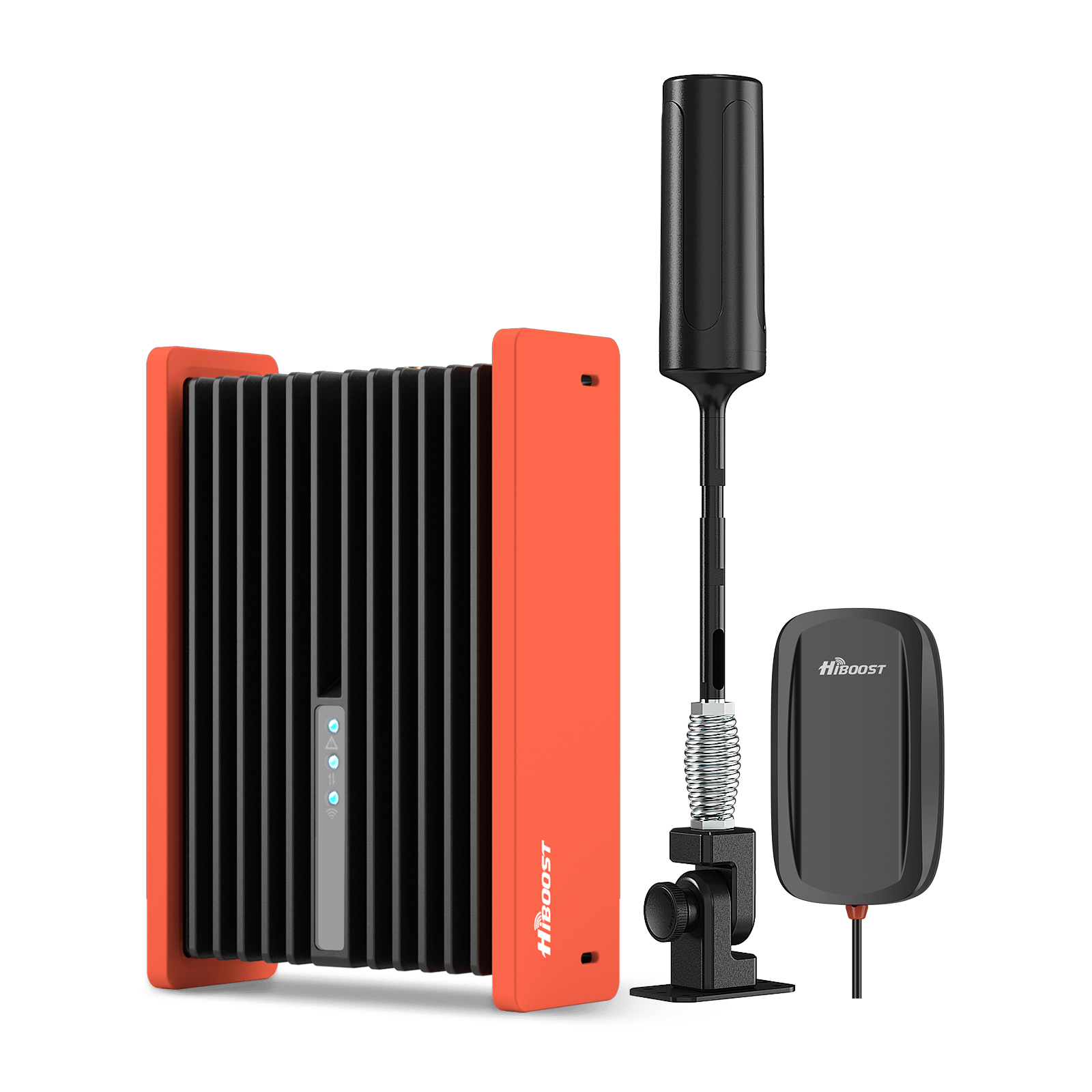
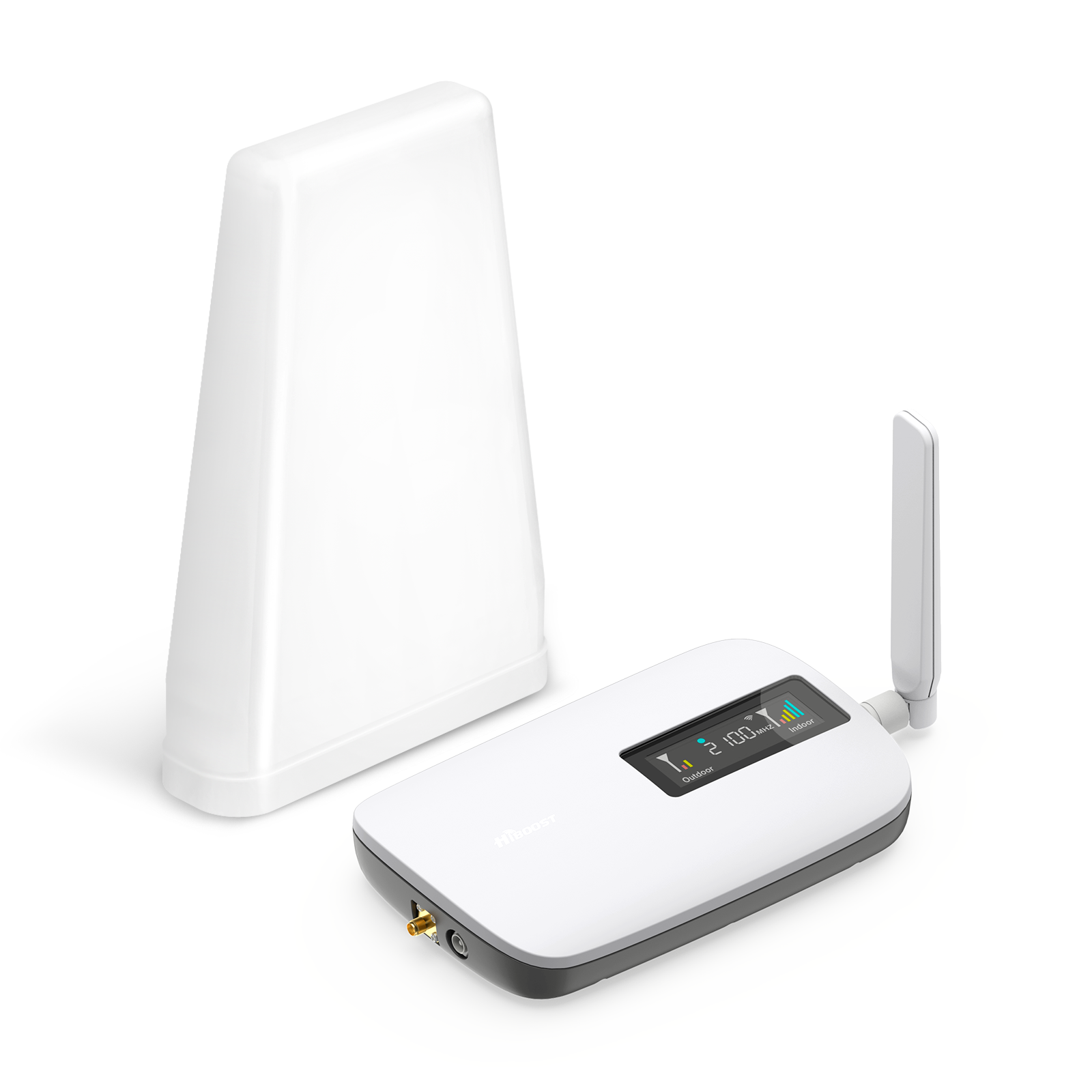
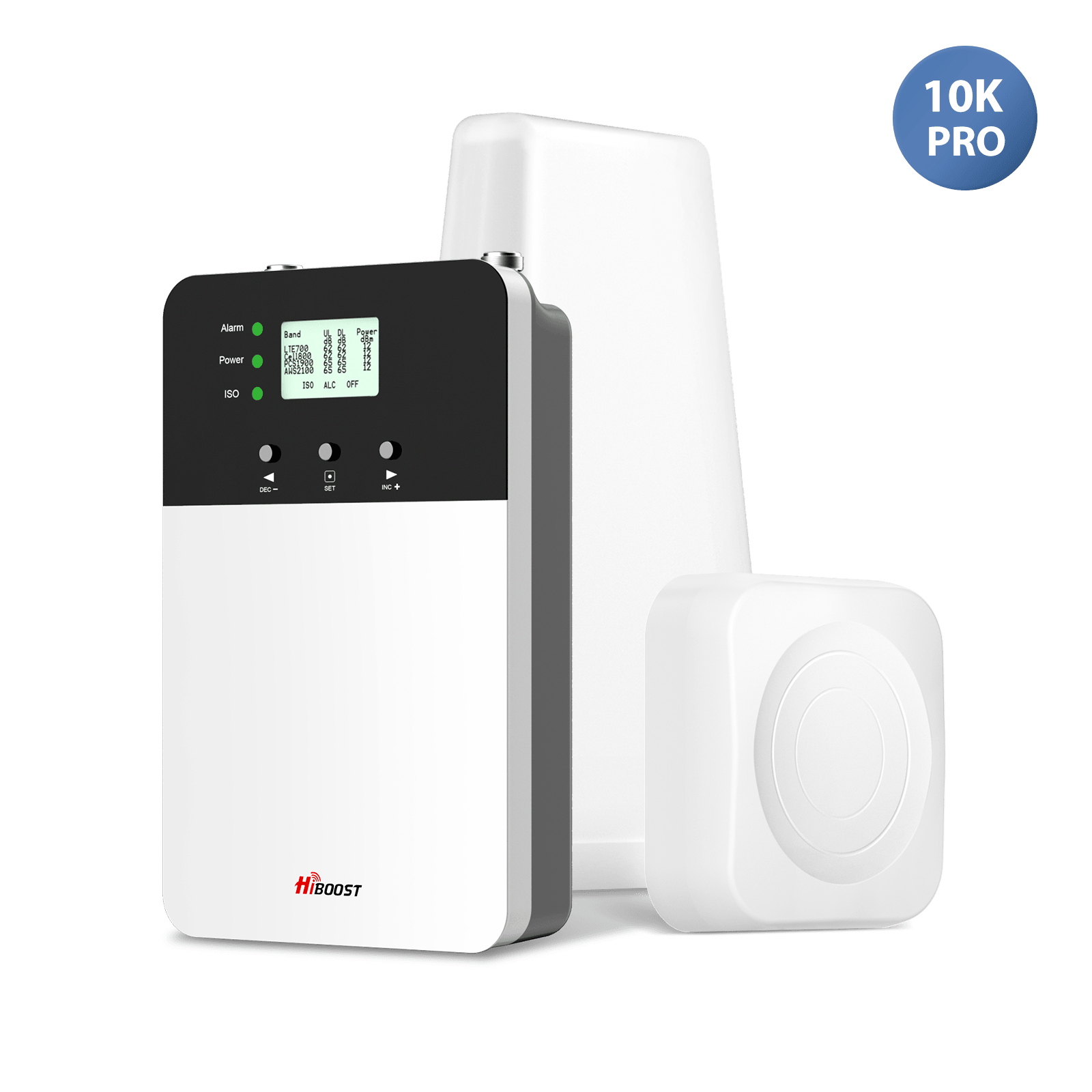
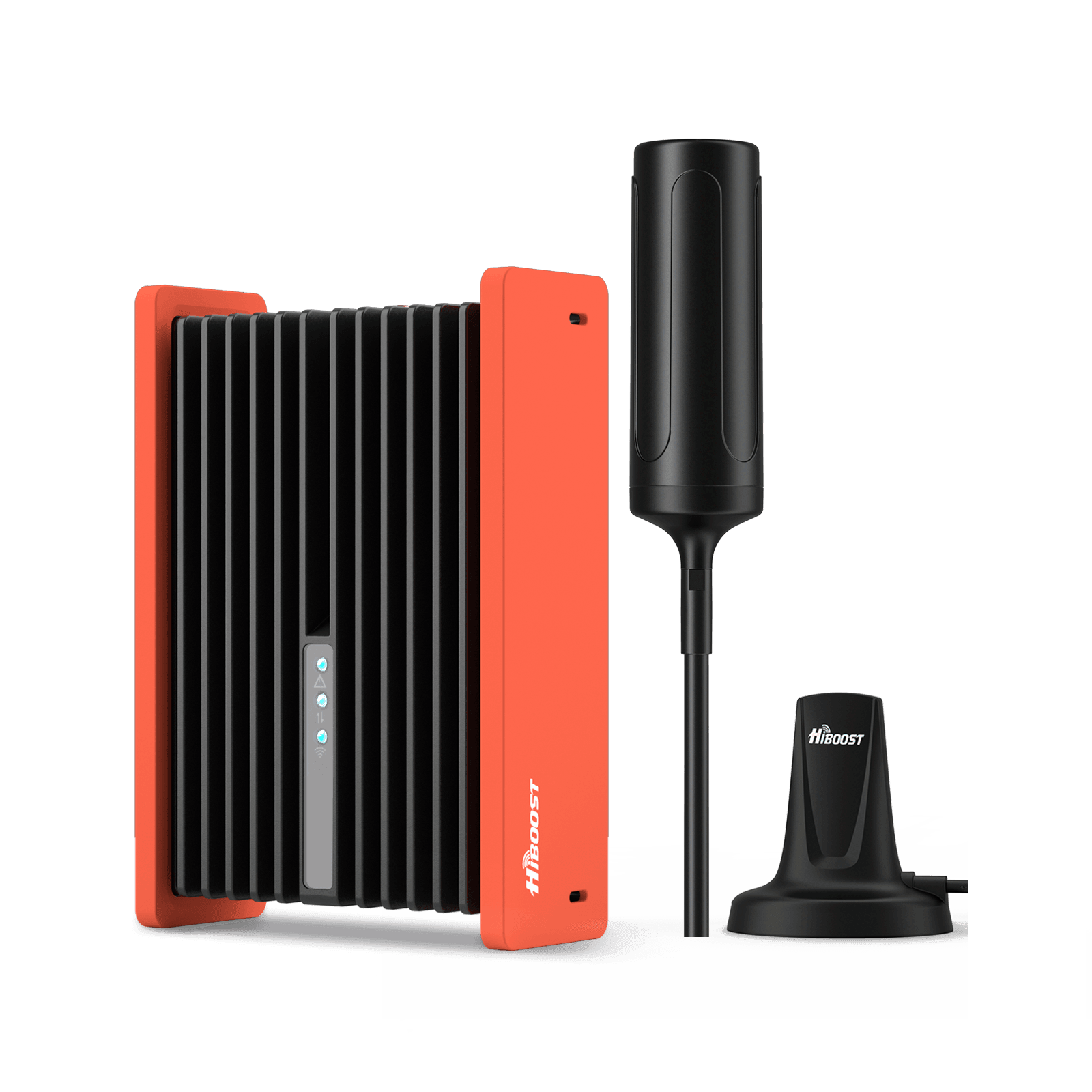
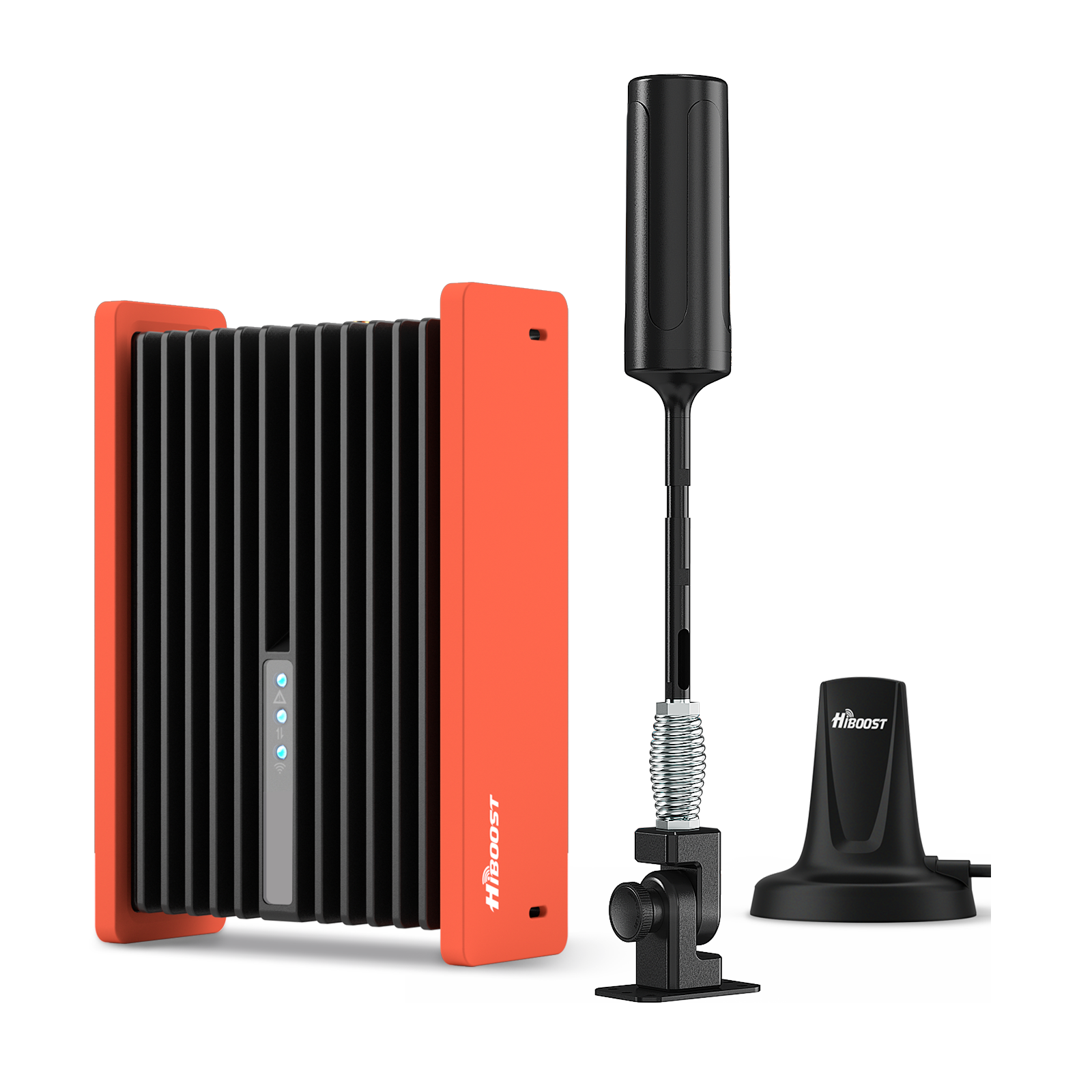
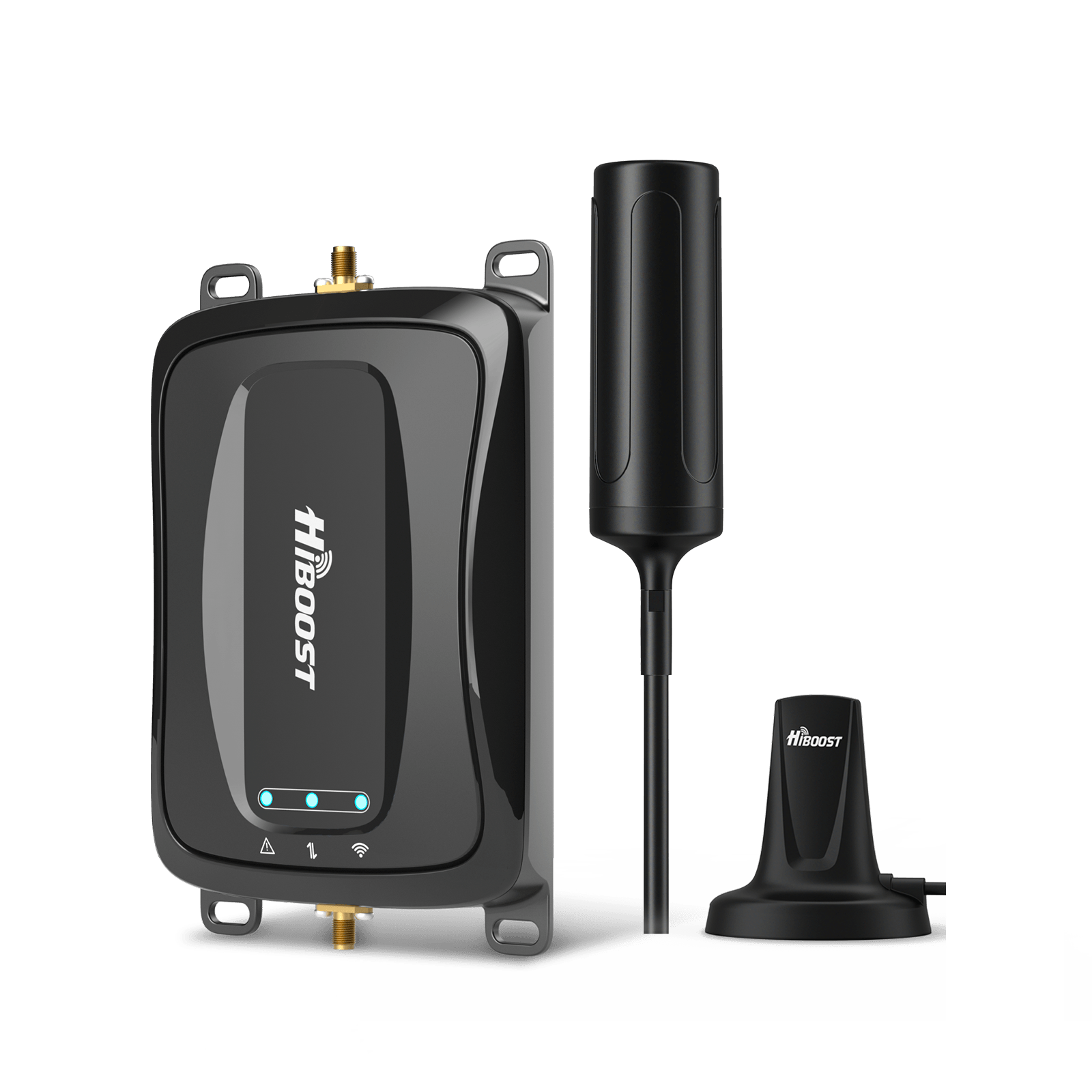
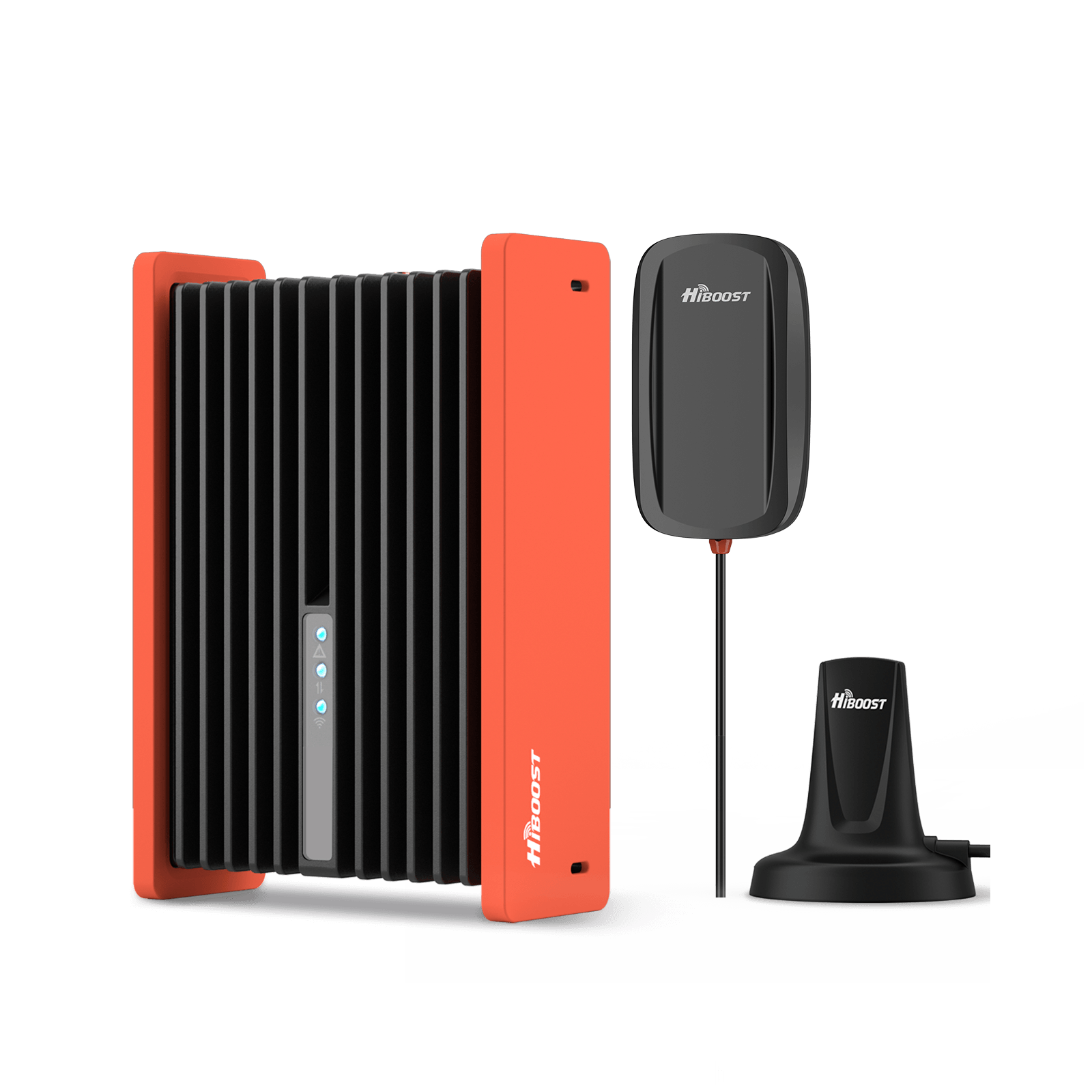
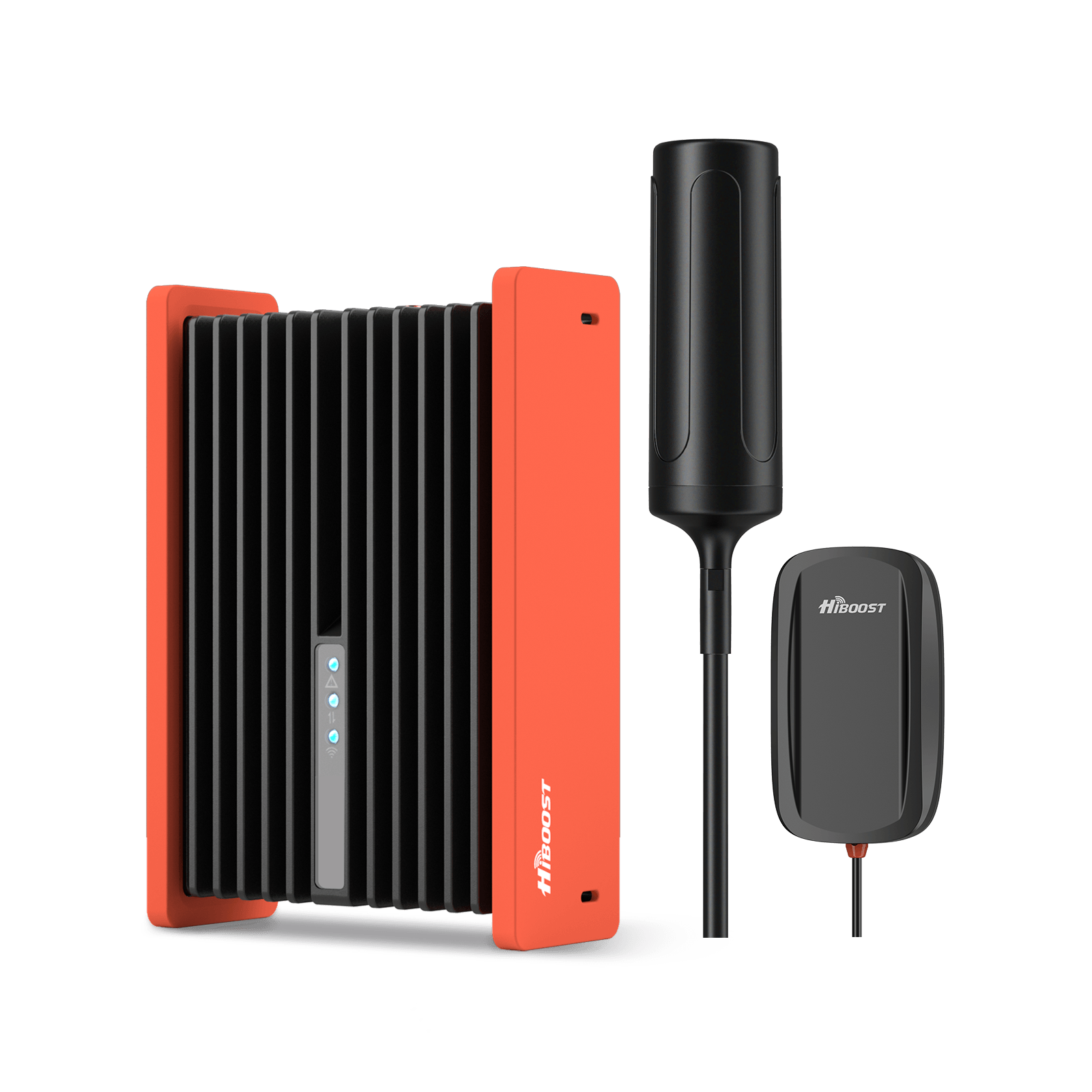
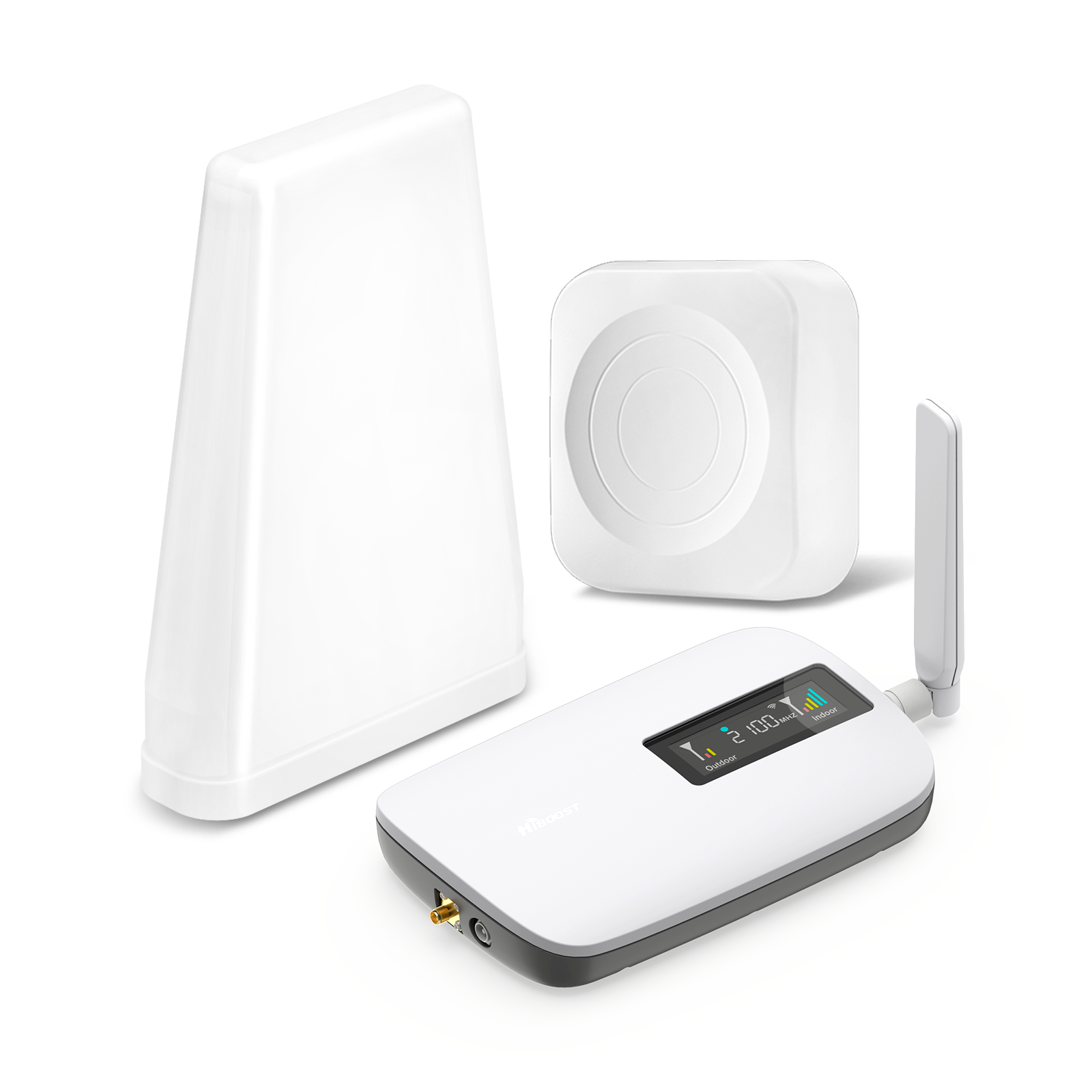
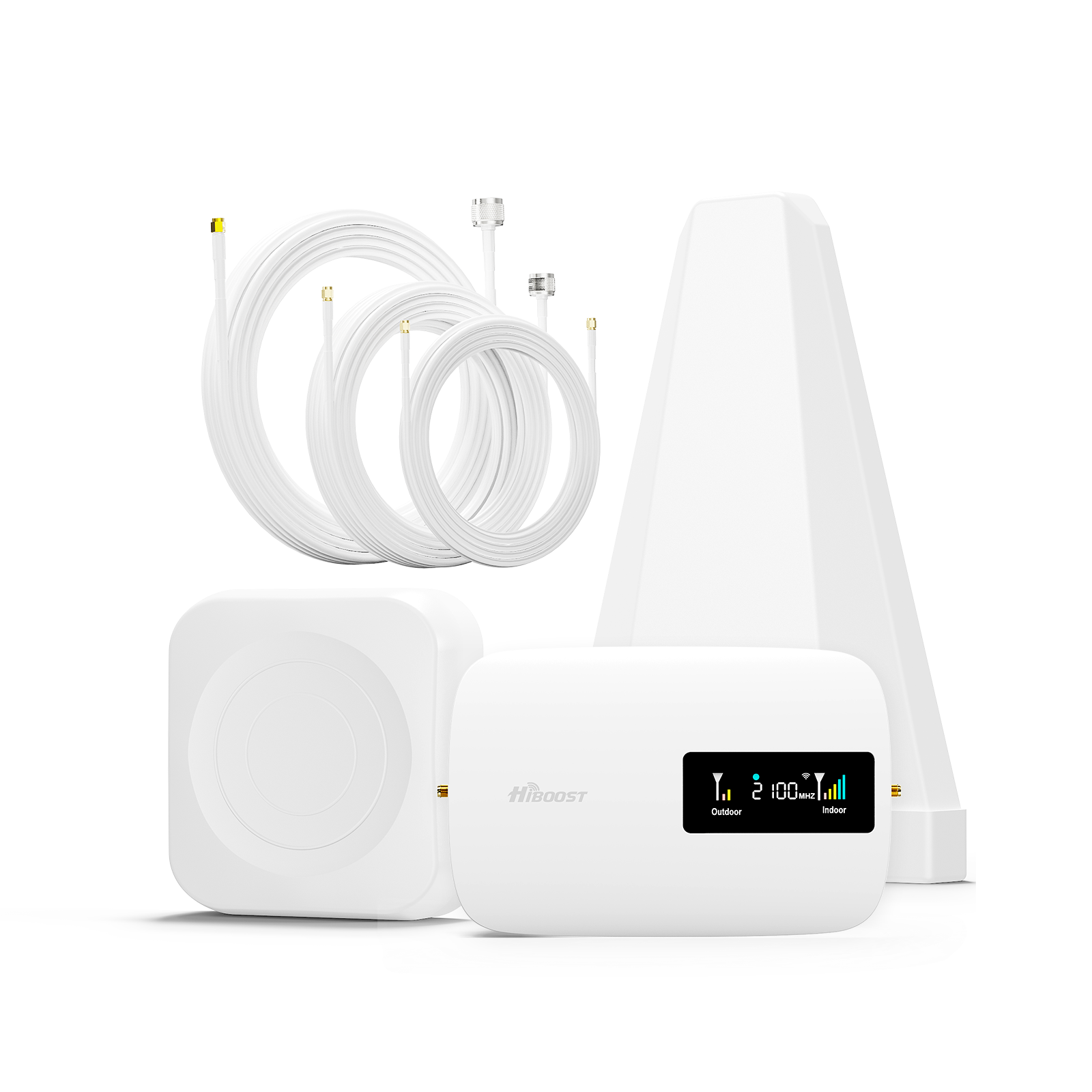
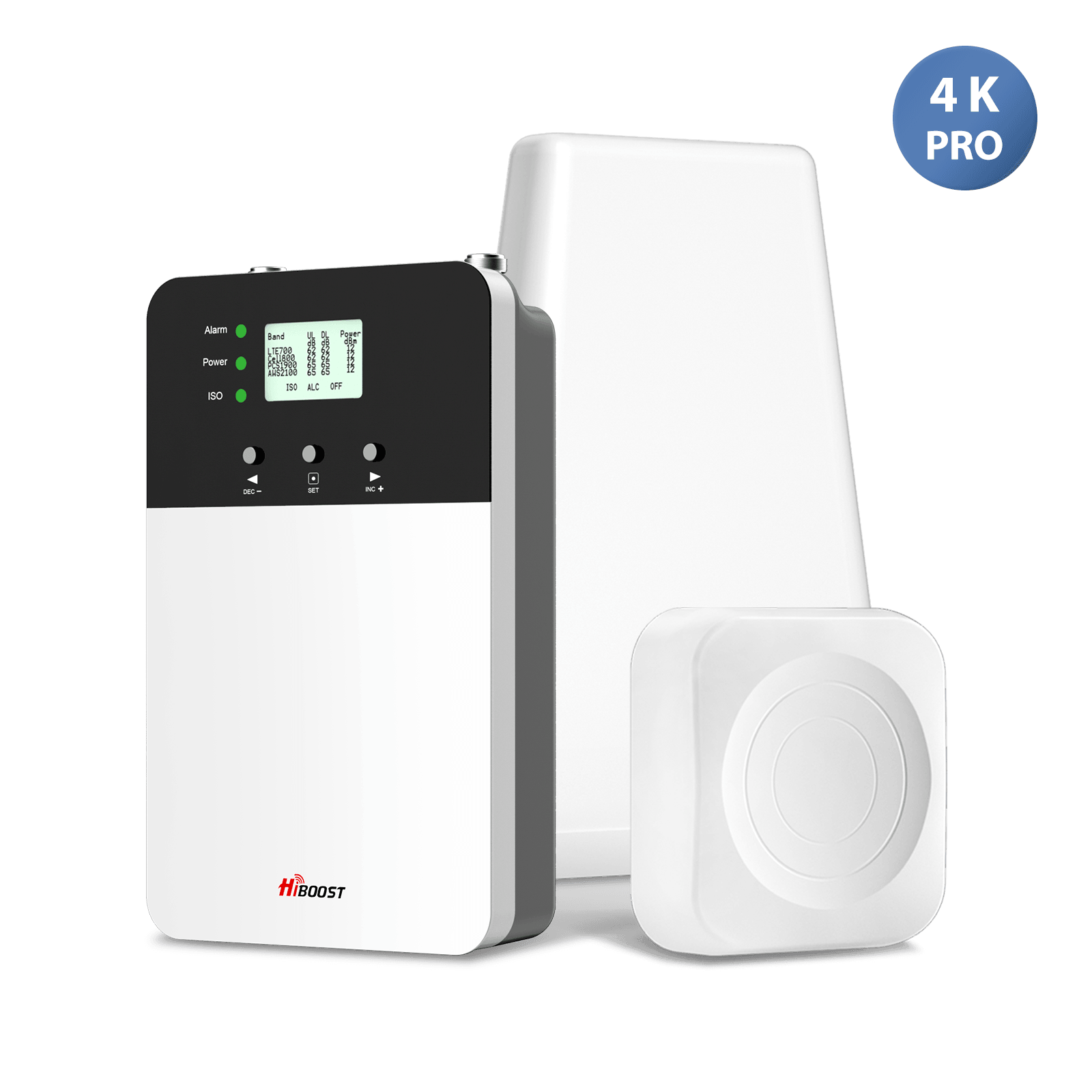
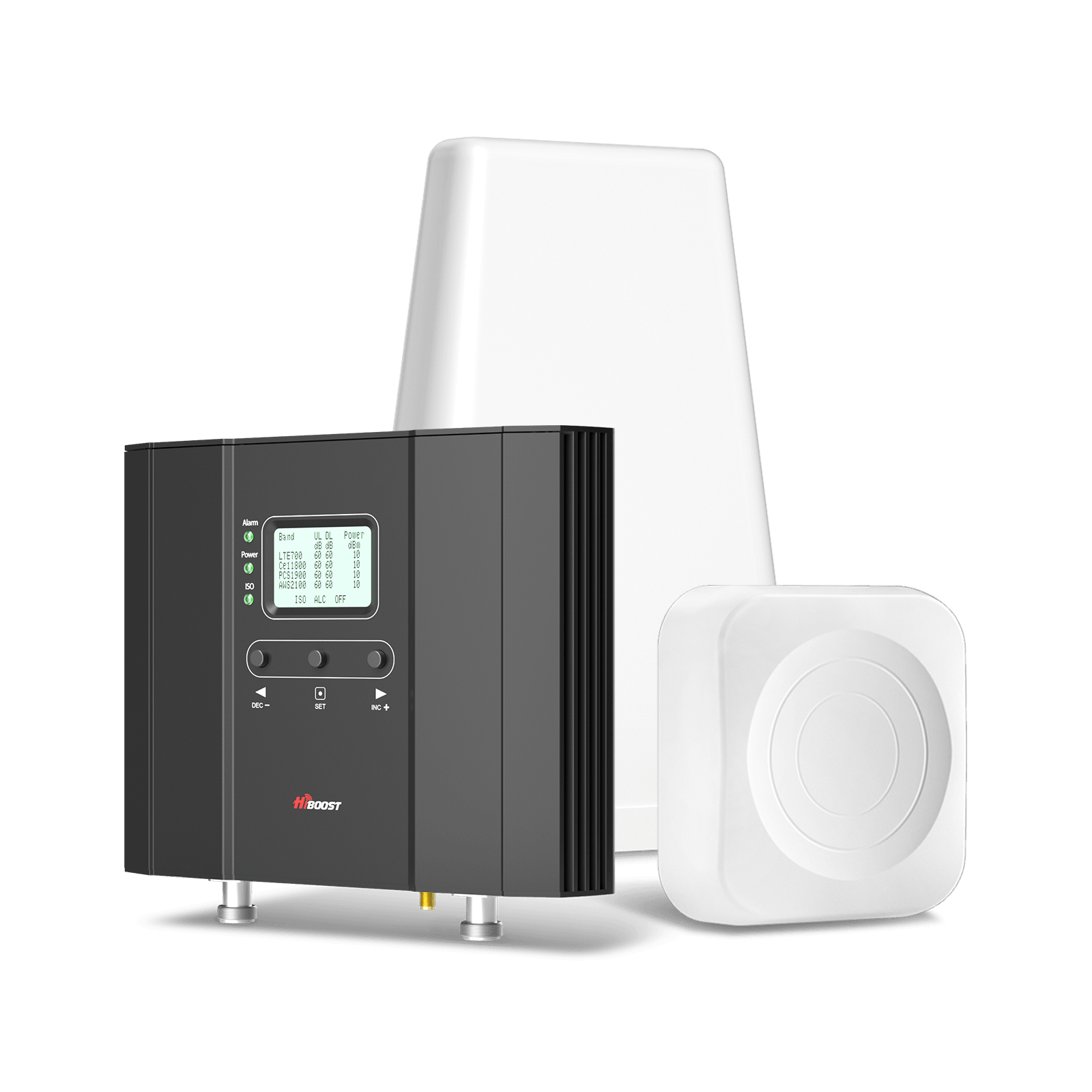
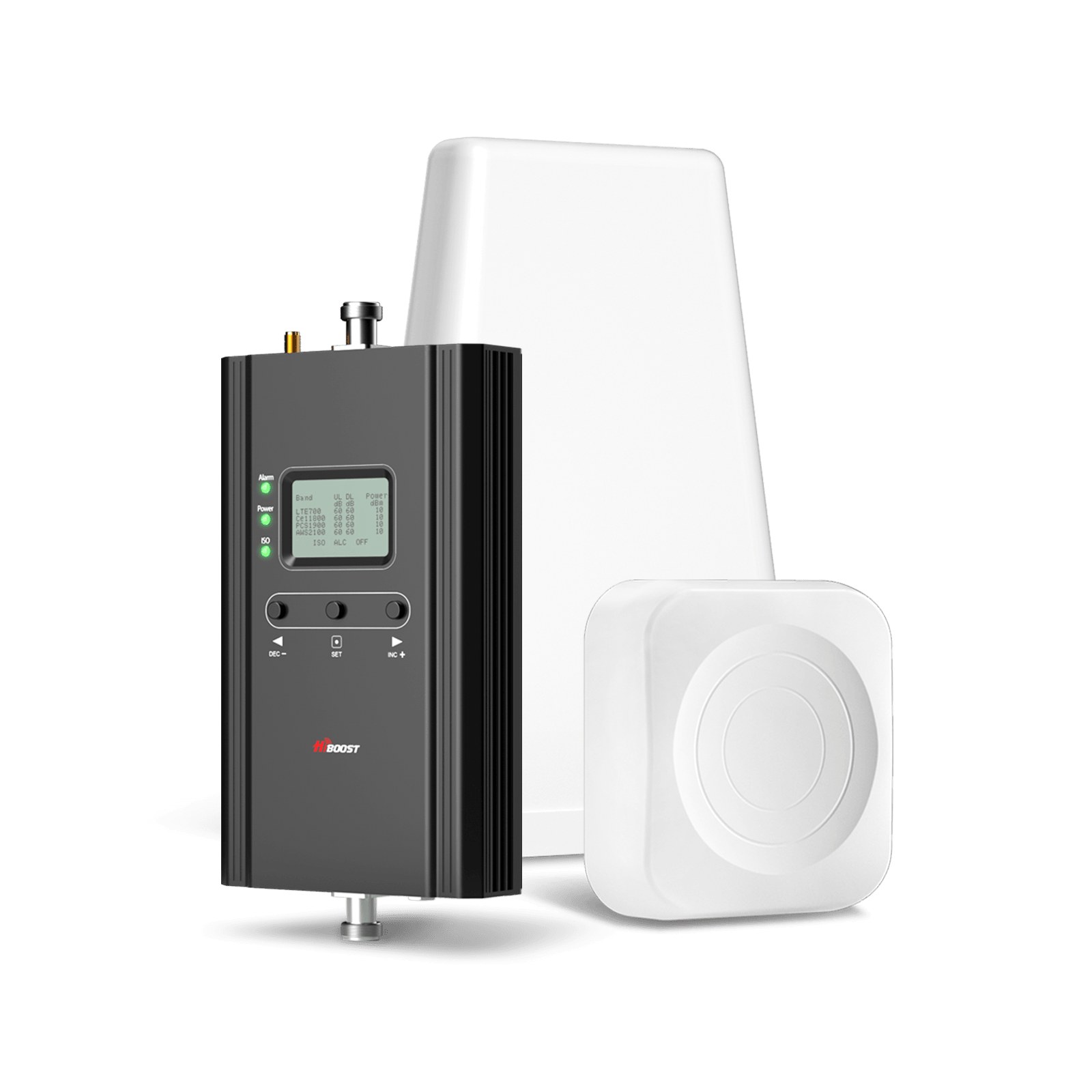
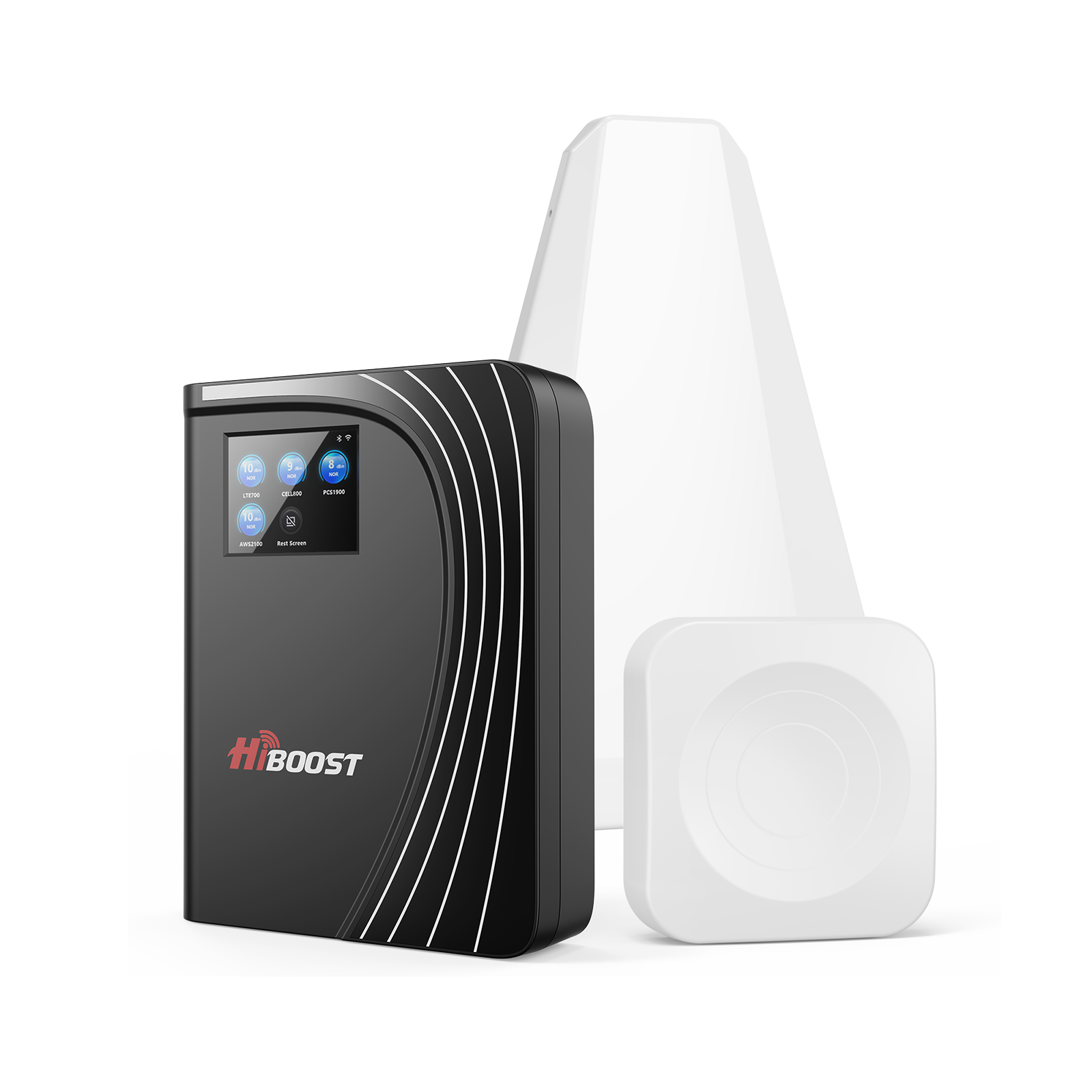
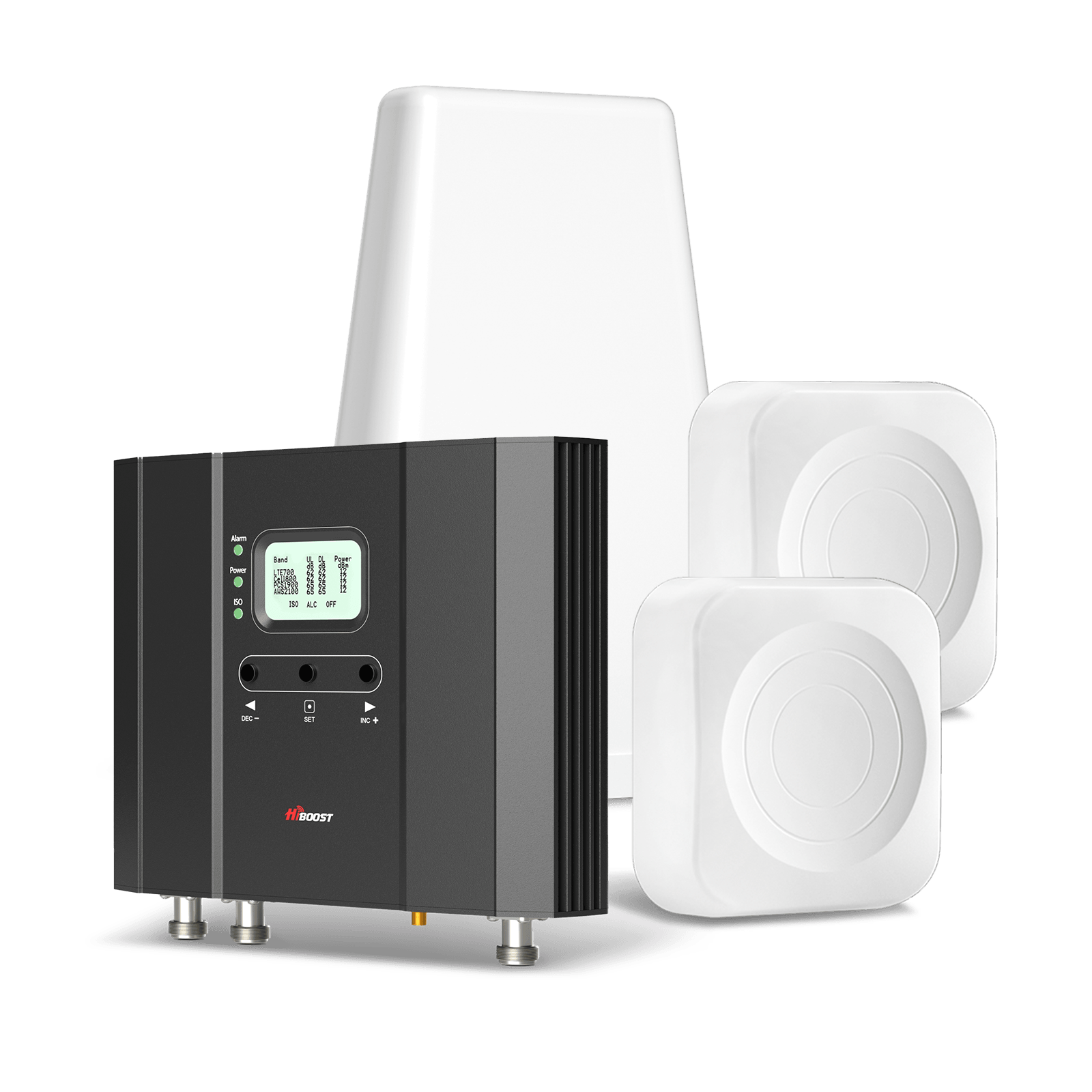
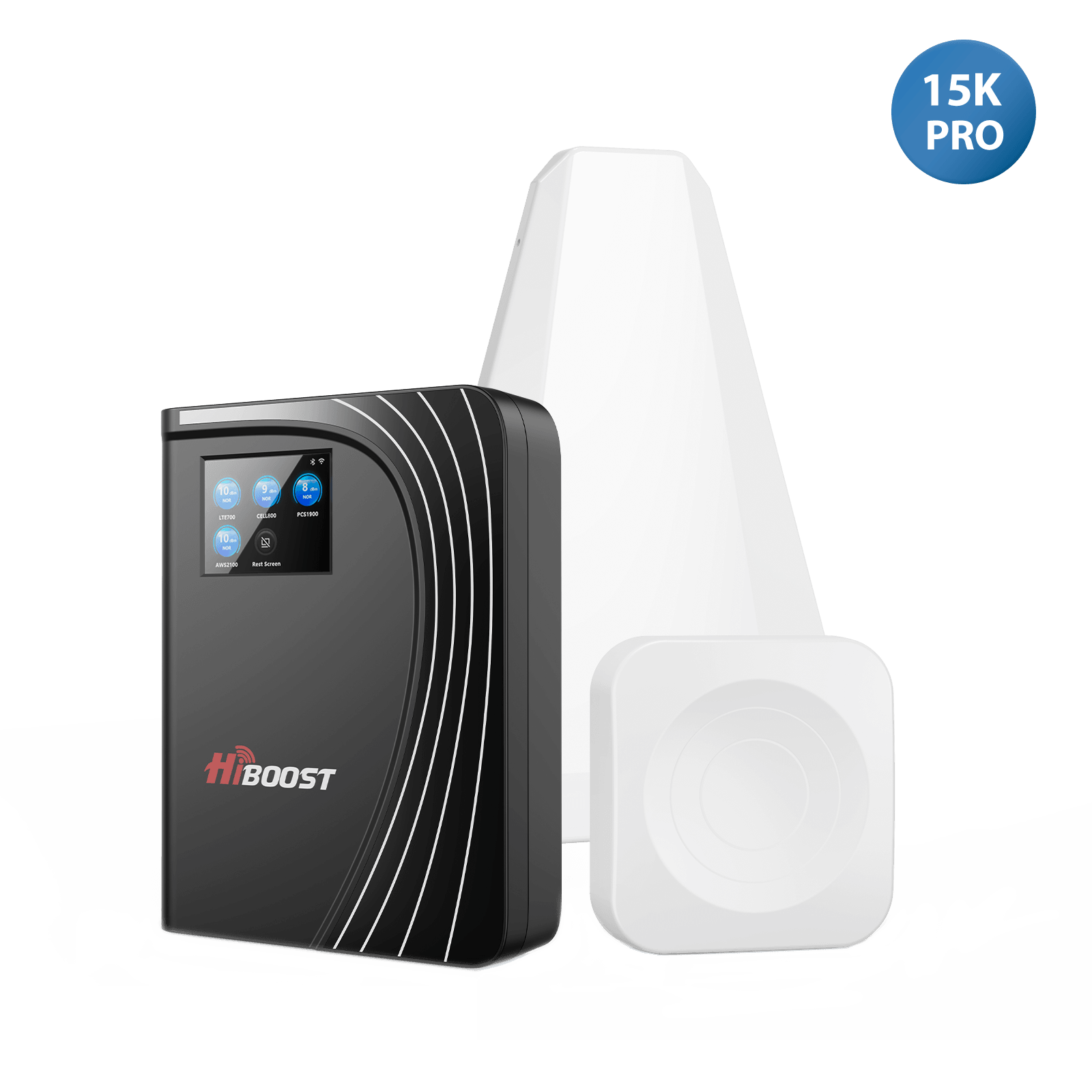
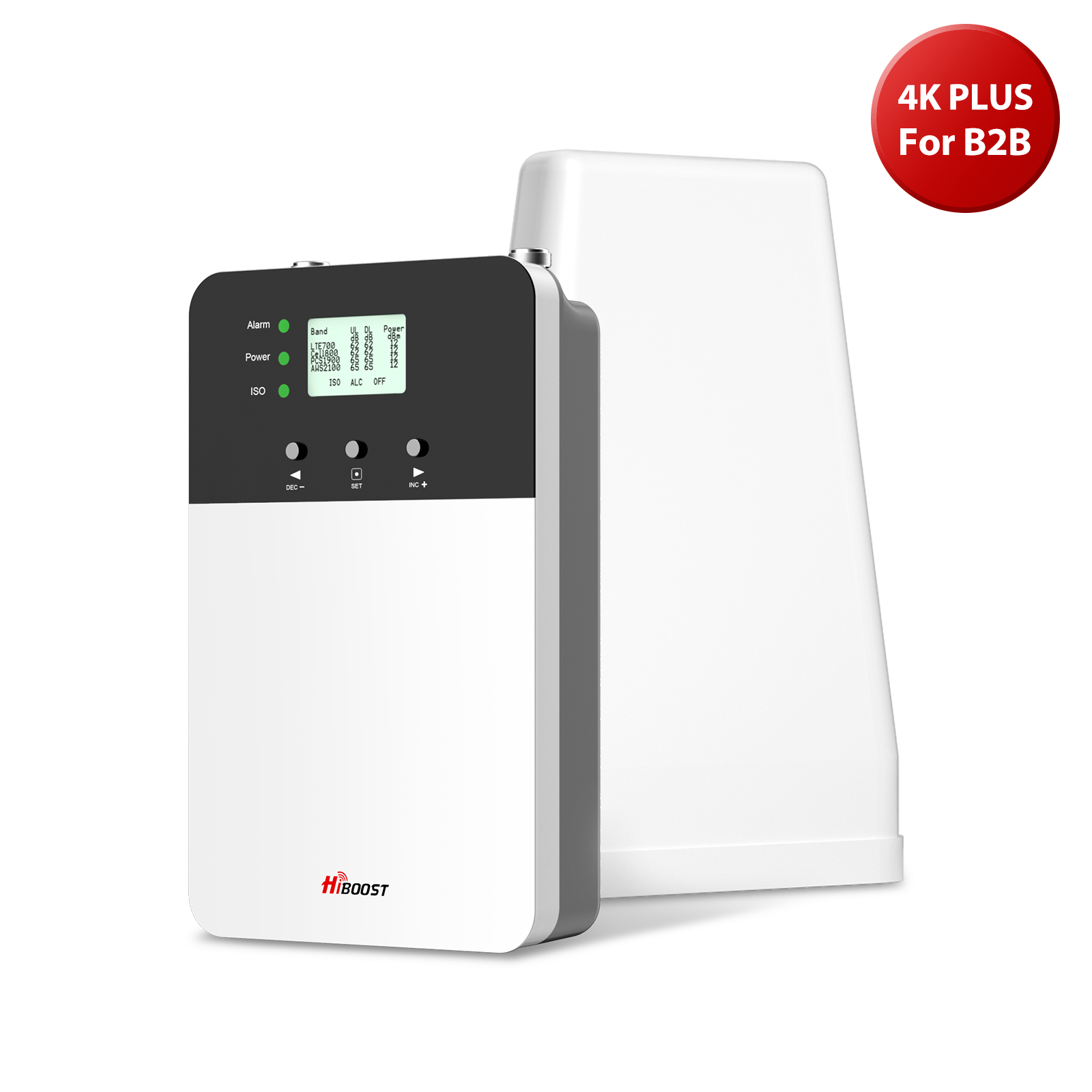
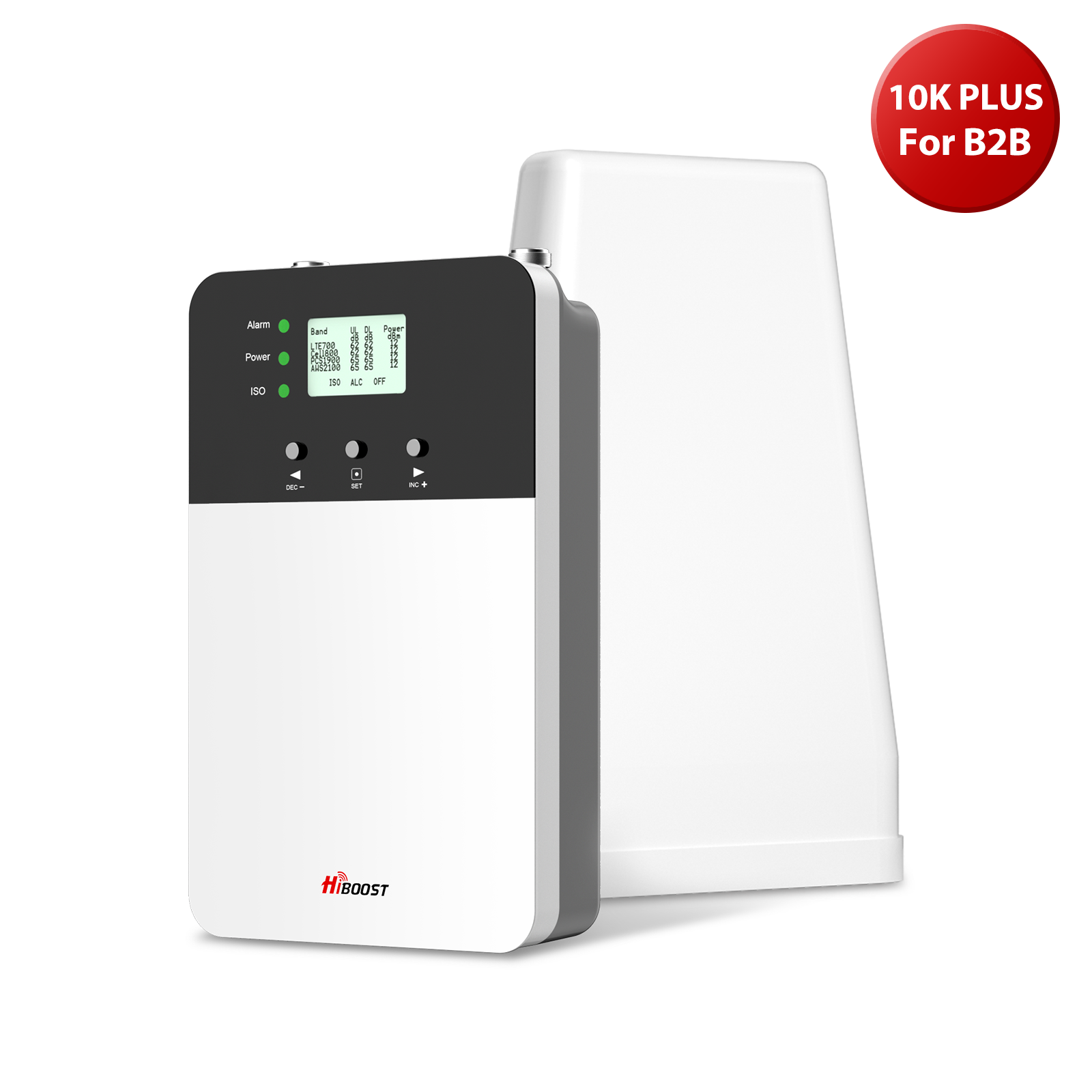
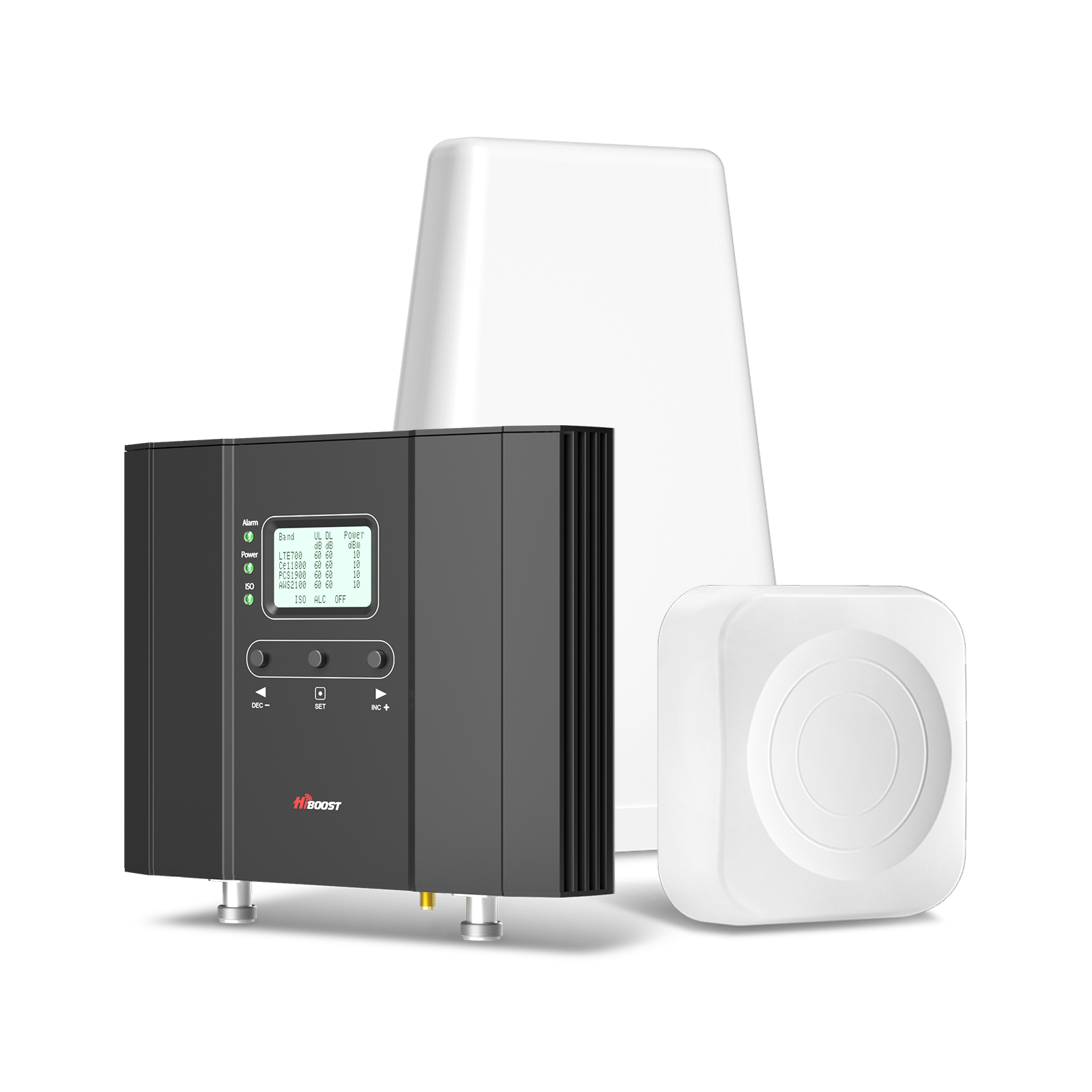
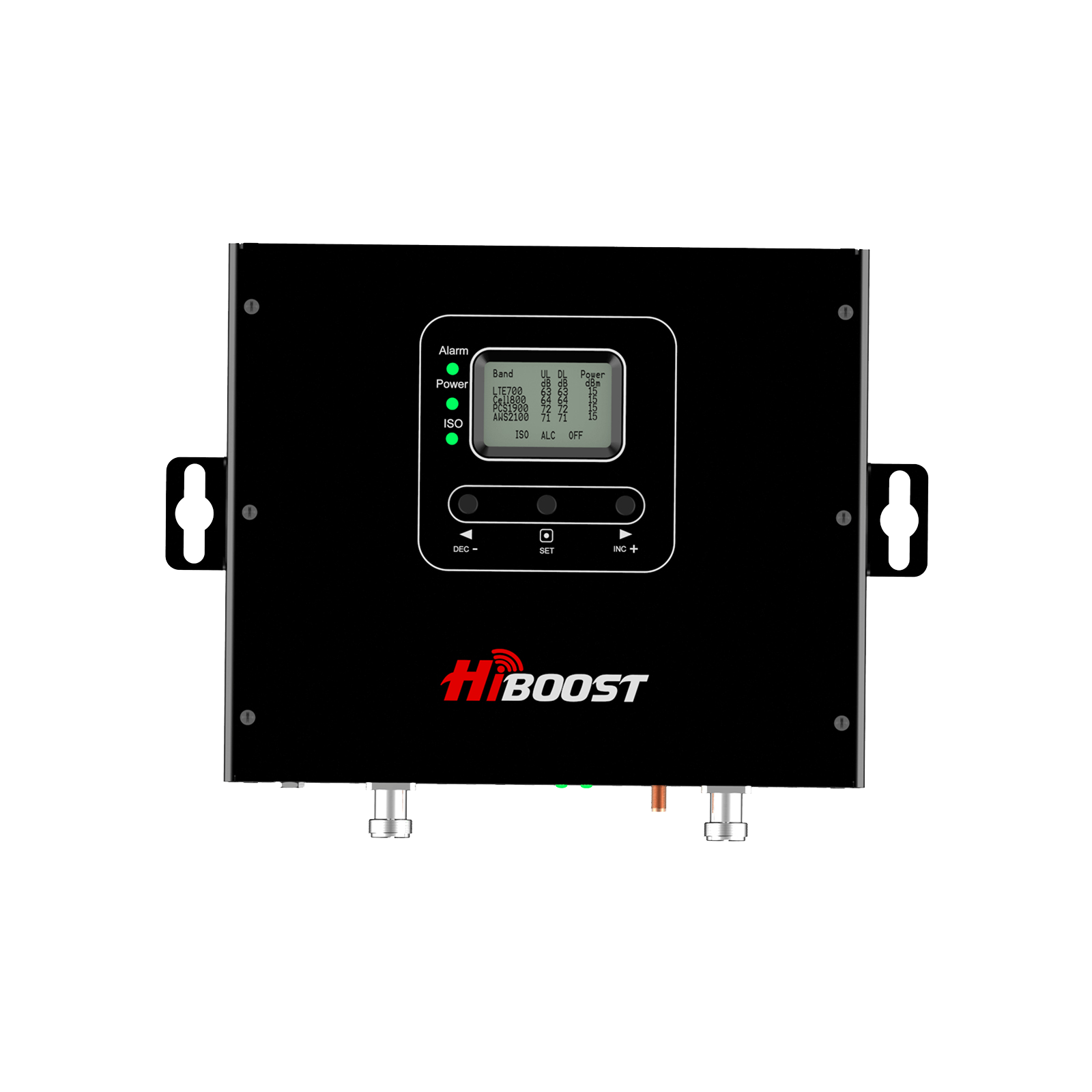
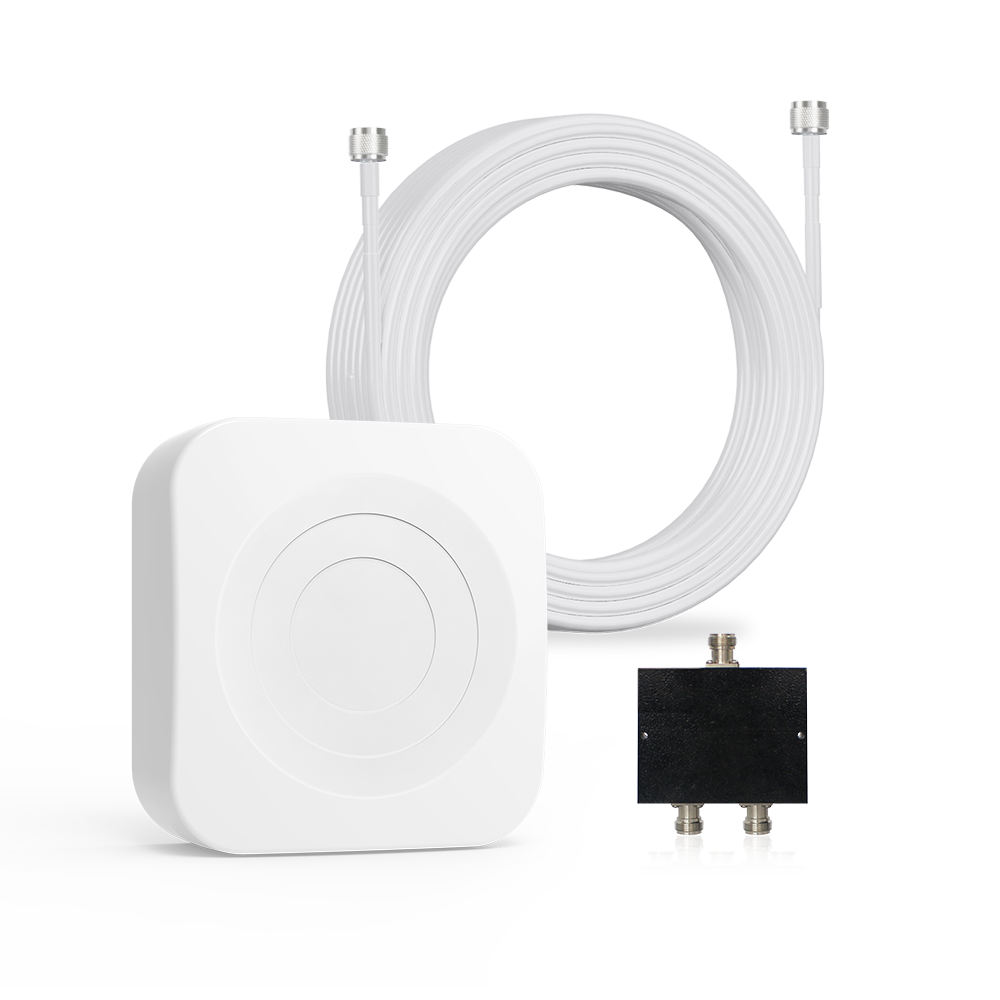
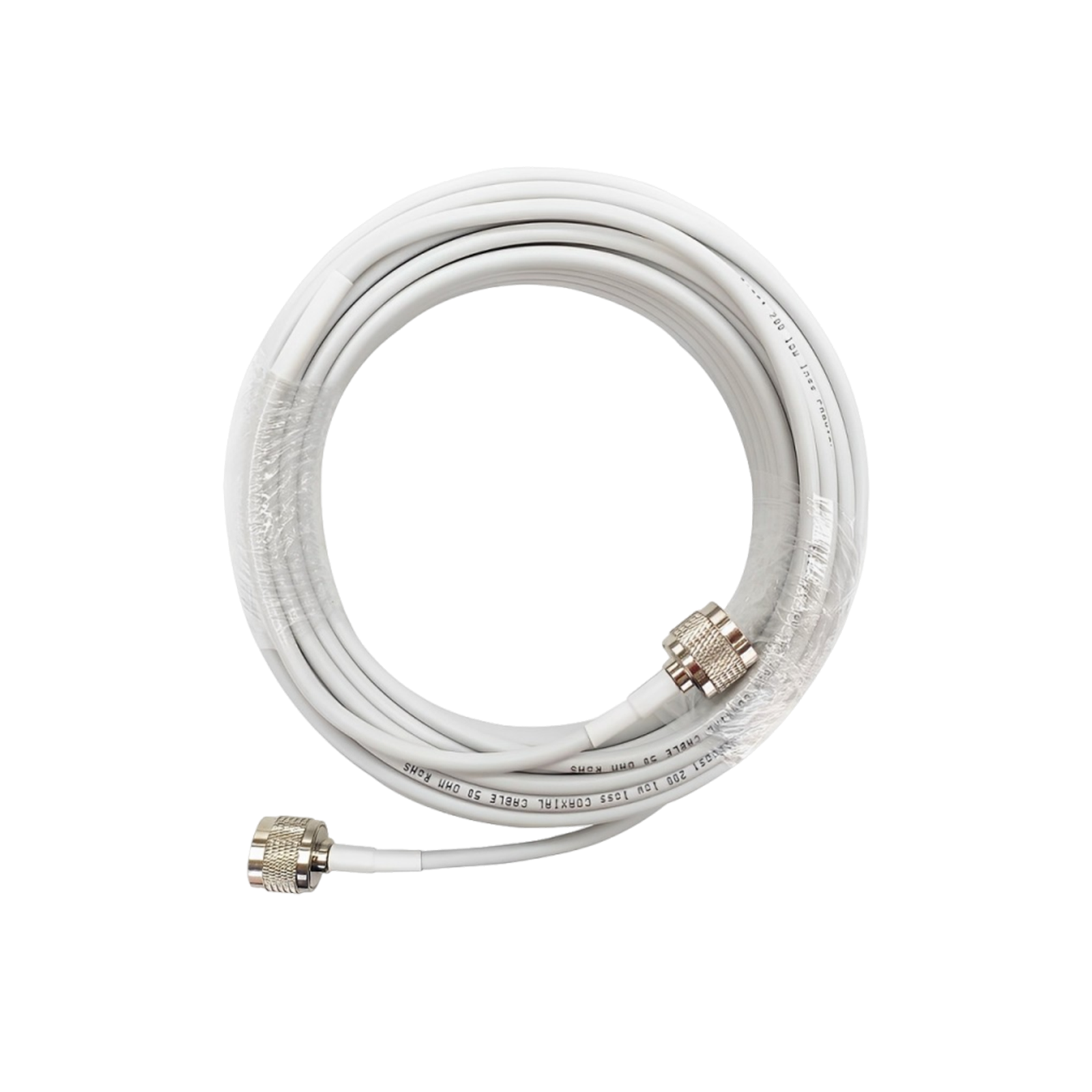
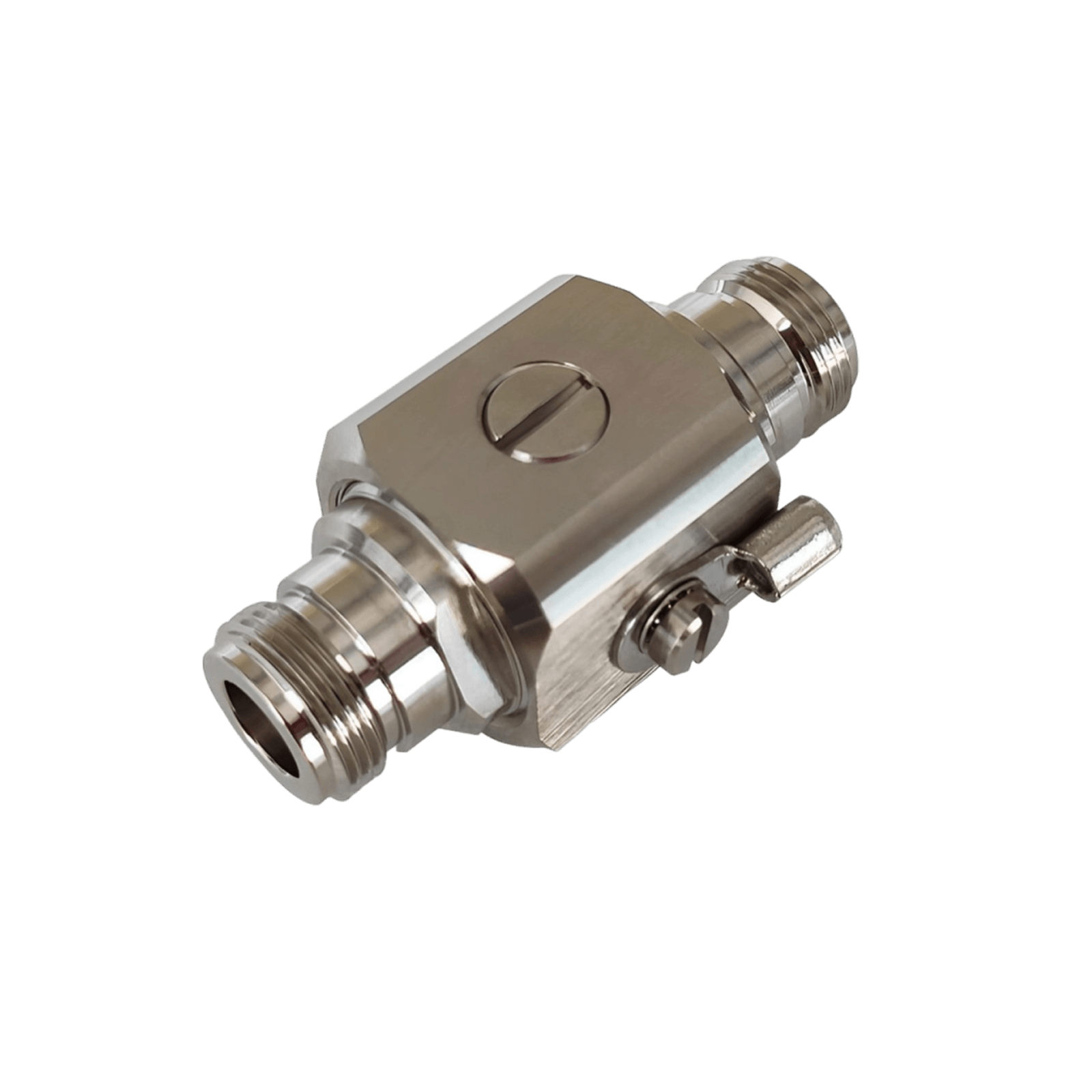
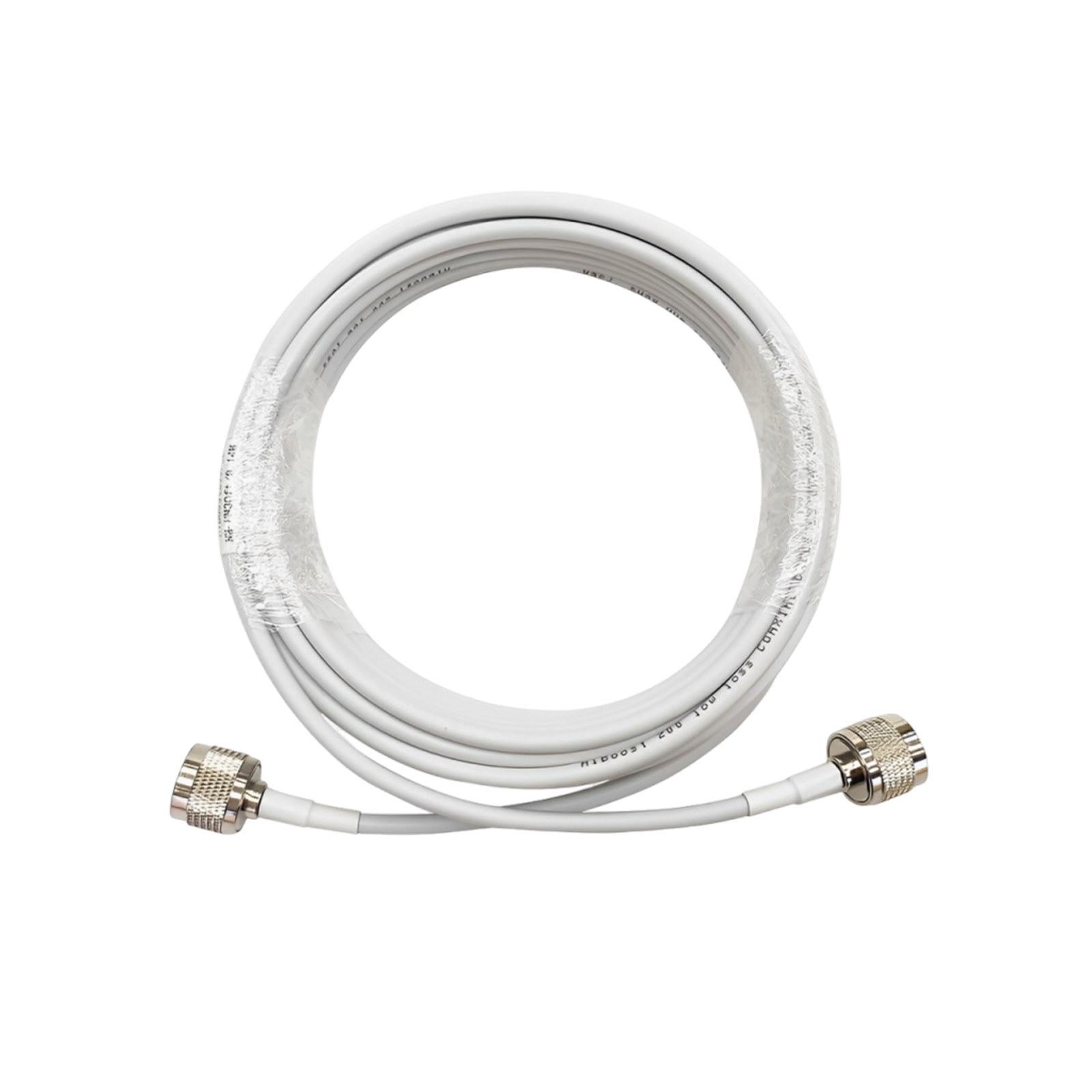


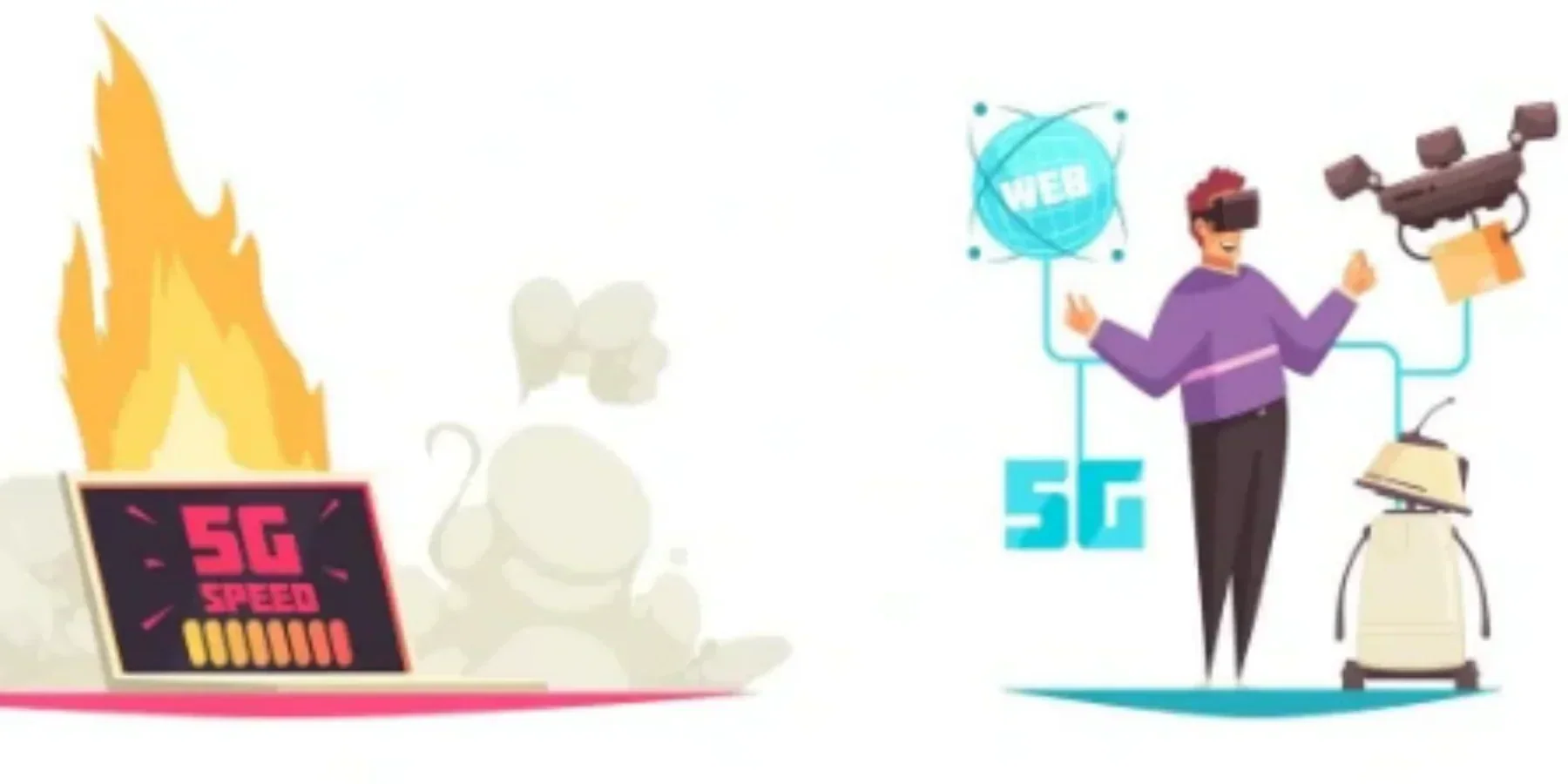
Leave a comment
All comments are moderated before being published.
This site is protected by hCaptcha and the hCaptcha Privacy Policy and Terms of Service apply.